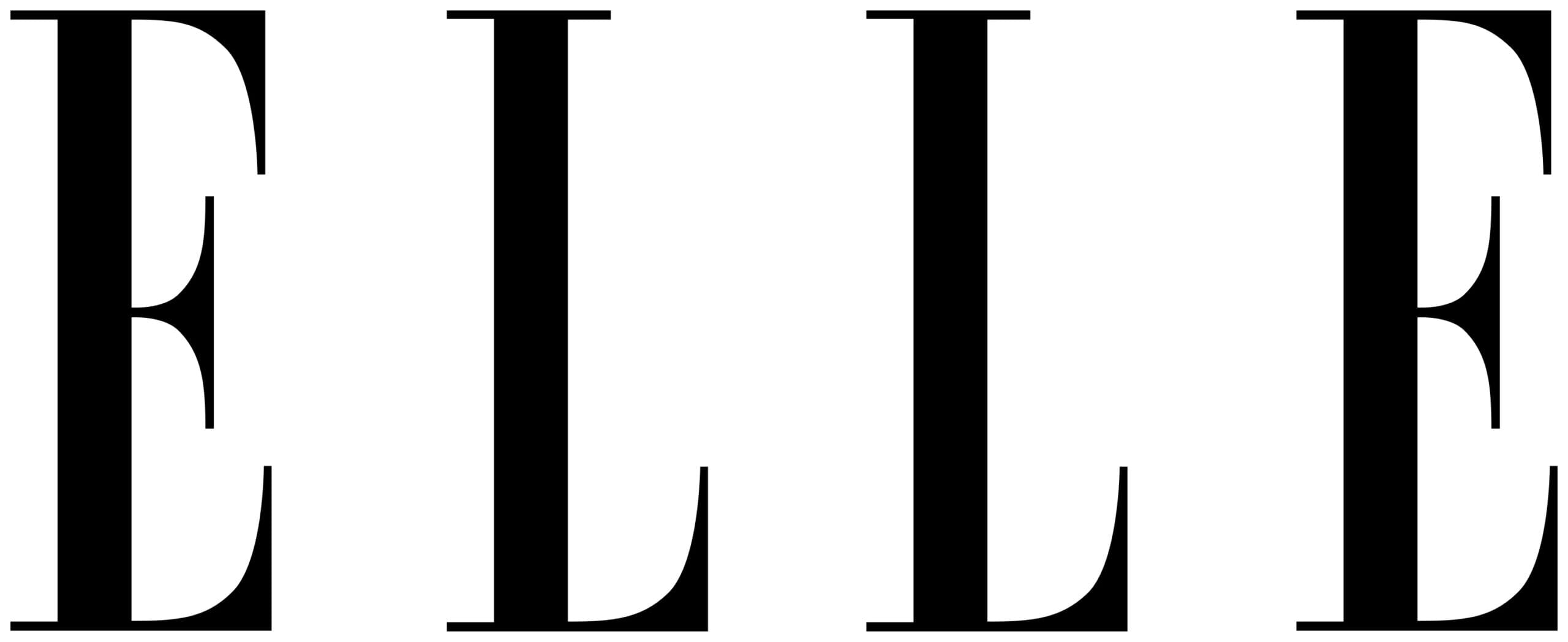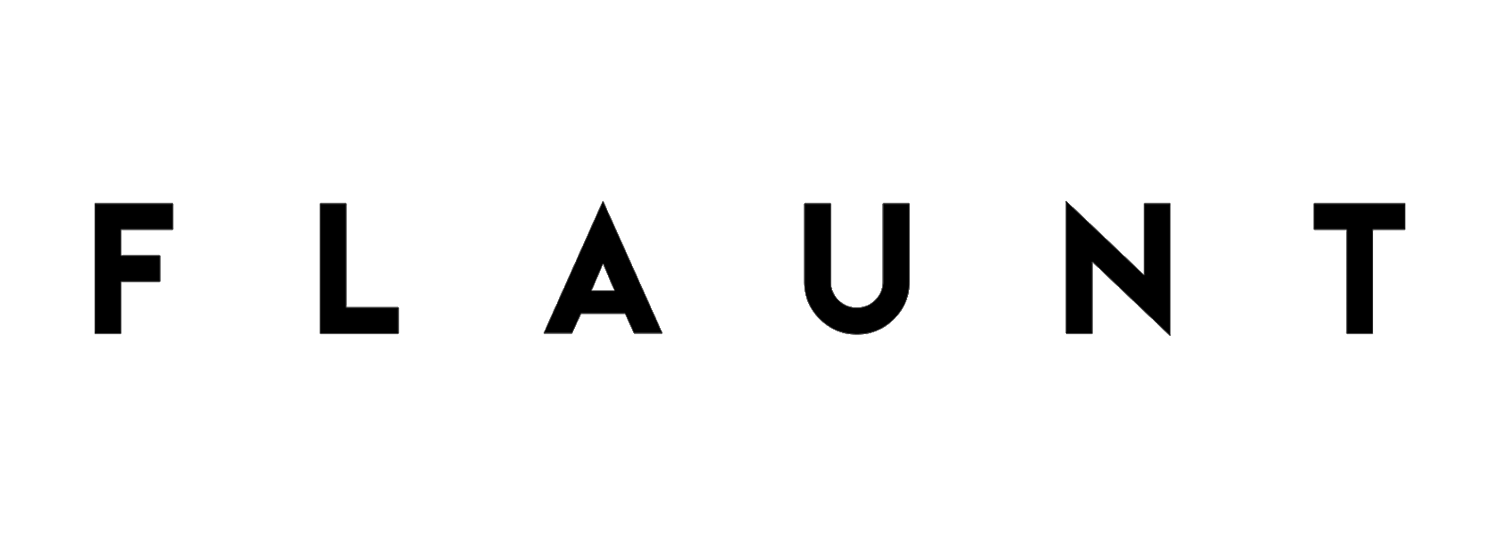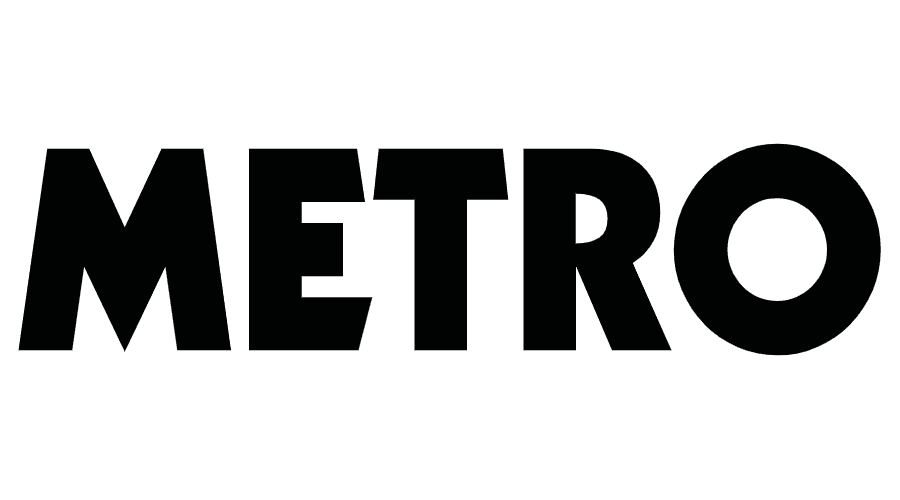£20 Massage Voucher
Straight to Your Inbox
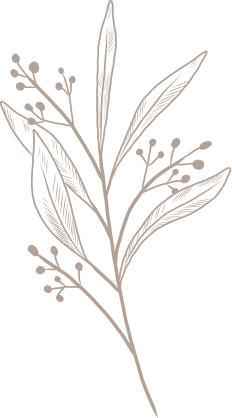
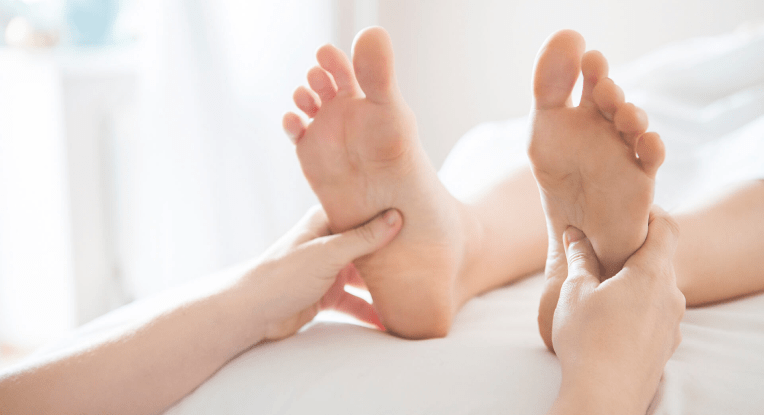

Beyond the feel-good effects of the treatment, the practice and purpose of Reflexology go deeper than skin and muscles by taking specific reflex points on the foot to induce a healing response in corresponding organs and areas of the body. Kneading the soft fleshy ball of the foot, pulling on the toes, tracing around the heel and pushing deep into the arch are just a few of the many small, intense movements you’ll experience during a reflexology treatment.
Addressing anything from headaches to sinus problems to stomach issues, if sensitivity or tenderness is experienced when certain areas of the foot are stimulated it usually indicates bodily weaknesses or imbalances within the corresponding organ. With repeated practice of applying pressure and manipulating nerve endings (traditionally in the foot), reflexology can help clear any channels of blocked energy through moving the flow of blood, nutrients and nerve impulses to ultimately improve overall health and balance.

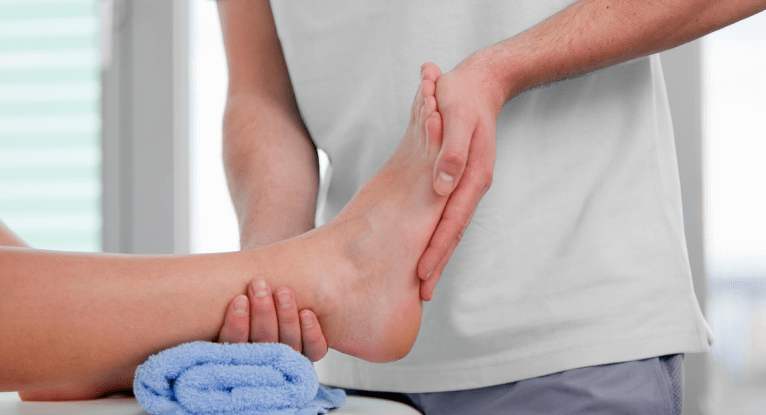

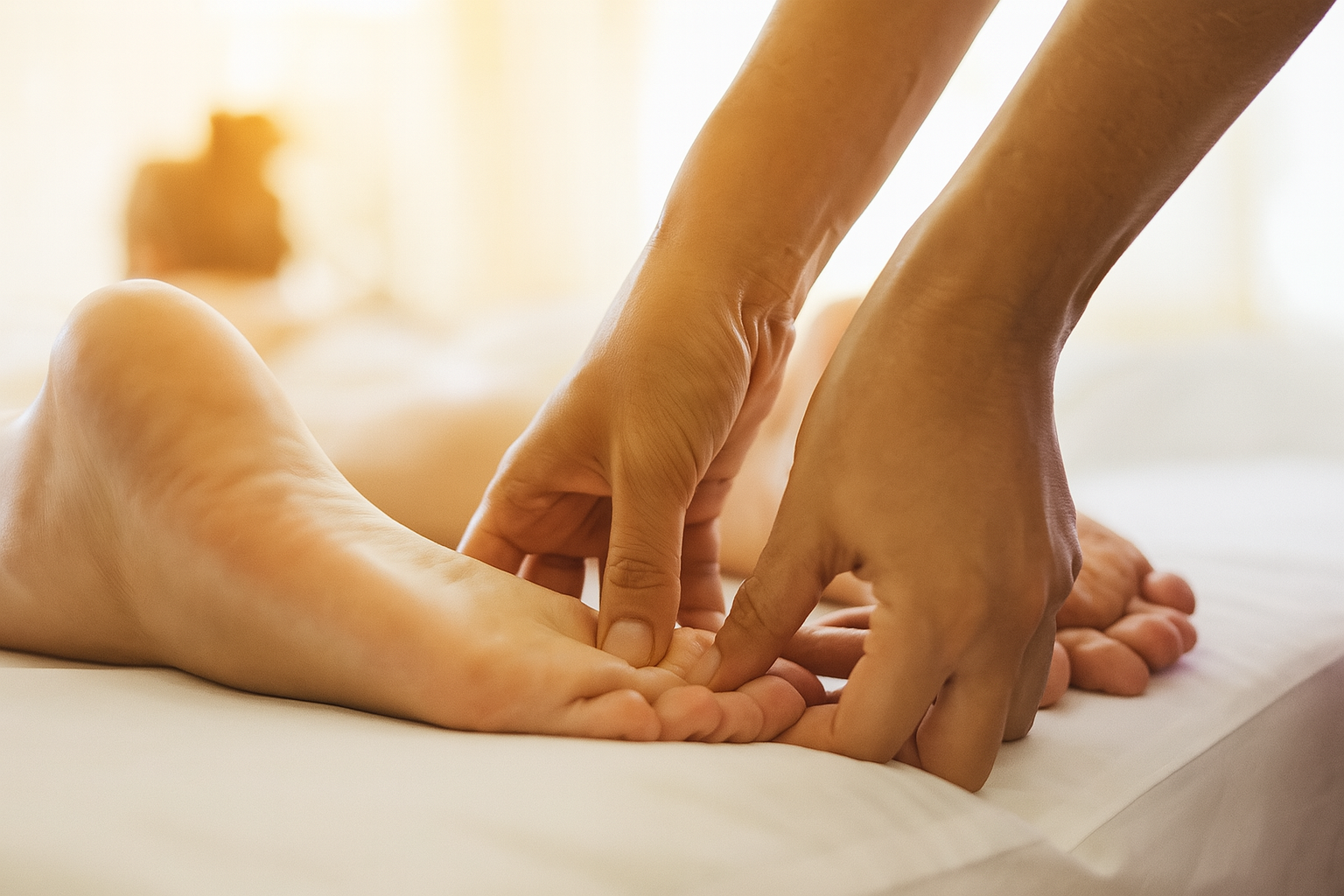
Reflexology is a gentle, non-invasive therapy that applies targeted pressure to the feet (or hands) to promote deep relaxation and overall wellness. It is often described as a complementary therapy that works alongside conventional care and treats the whole person. In practice, reflexologists use thumb and finger techniques on specific points of the foot (or hand) that correspond to organs and body systems. The NHS explains that it “works by applying pressure to” the feet or hands, based on the idea that the “body is mapped out on the whole foot or hand”. By stimulating these reflex zones, therapists aim to restore balance and encourage the body’s natural healing responses. Some practitioners describe this in terms of unblocking life energy (known as Qi in Chinese medicine) so that it “flows through your body to make you feel better”. At Spa & Massage we see these effects first-hand: clients report immediate relaxation and sense of relief during and after the session.
Life in London can be hectic and stressful. Our expert reflexologists in London are dedicated to helping you unwind and recharge. We offer professional reflexology massage at all seven of our London clinics – Crouch End, Bayswater, Chiswick, Earl’s Court, Belsize Park, Fulham, and Richmond – so you’ll find a convenient location near you. Each Spa & Massage clinic provides a calm, hygienic treatment room and experienced therapists who tailor each session to your needs. Whether you’re searching for “Reflexology near me” or simply looking to escape tension, a session at Spa & Massage is designed for your comfort and well-being. Ready to experience relief? Book your reflexology session today at any of our London locations and step into a world of calm.
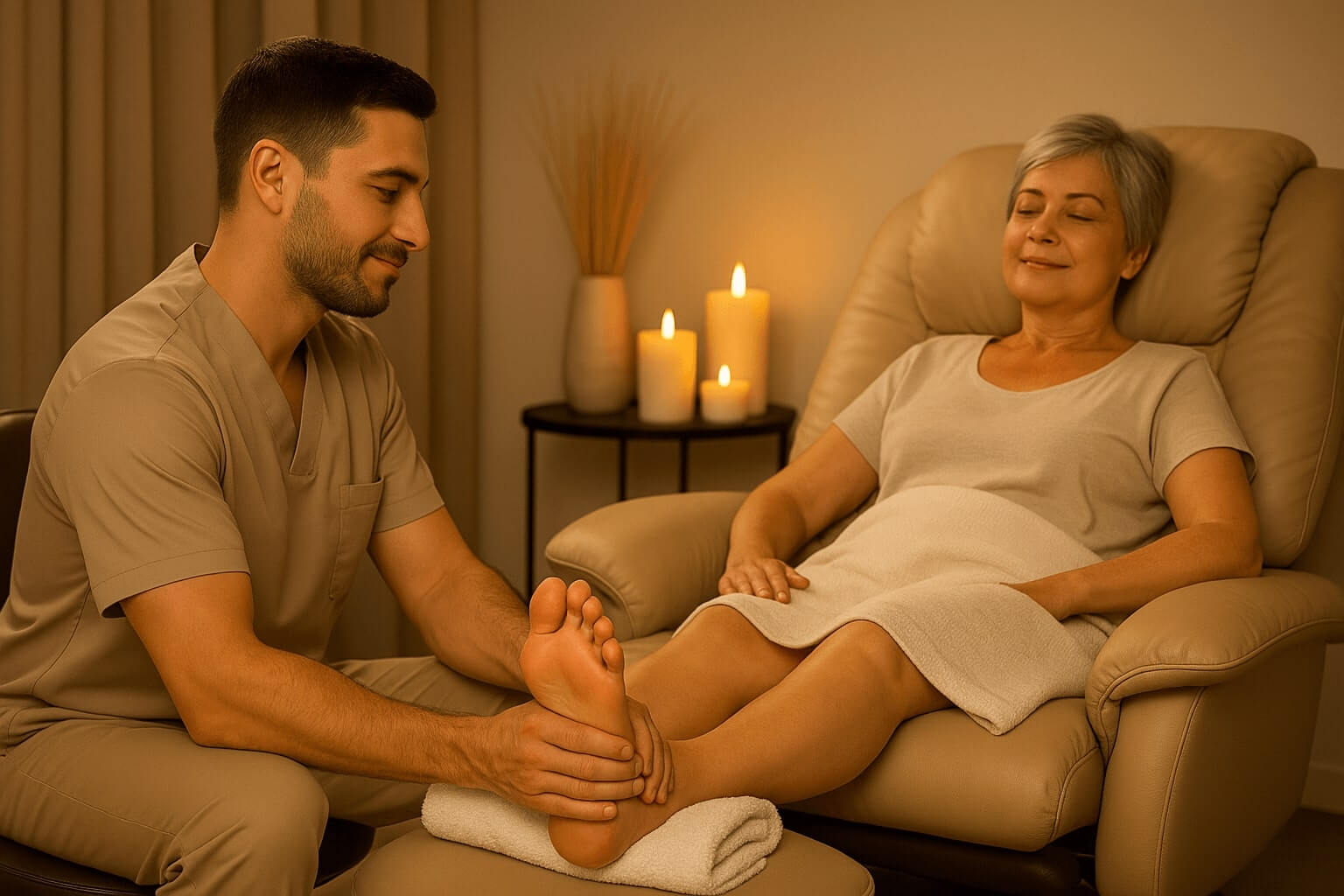
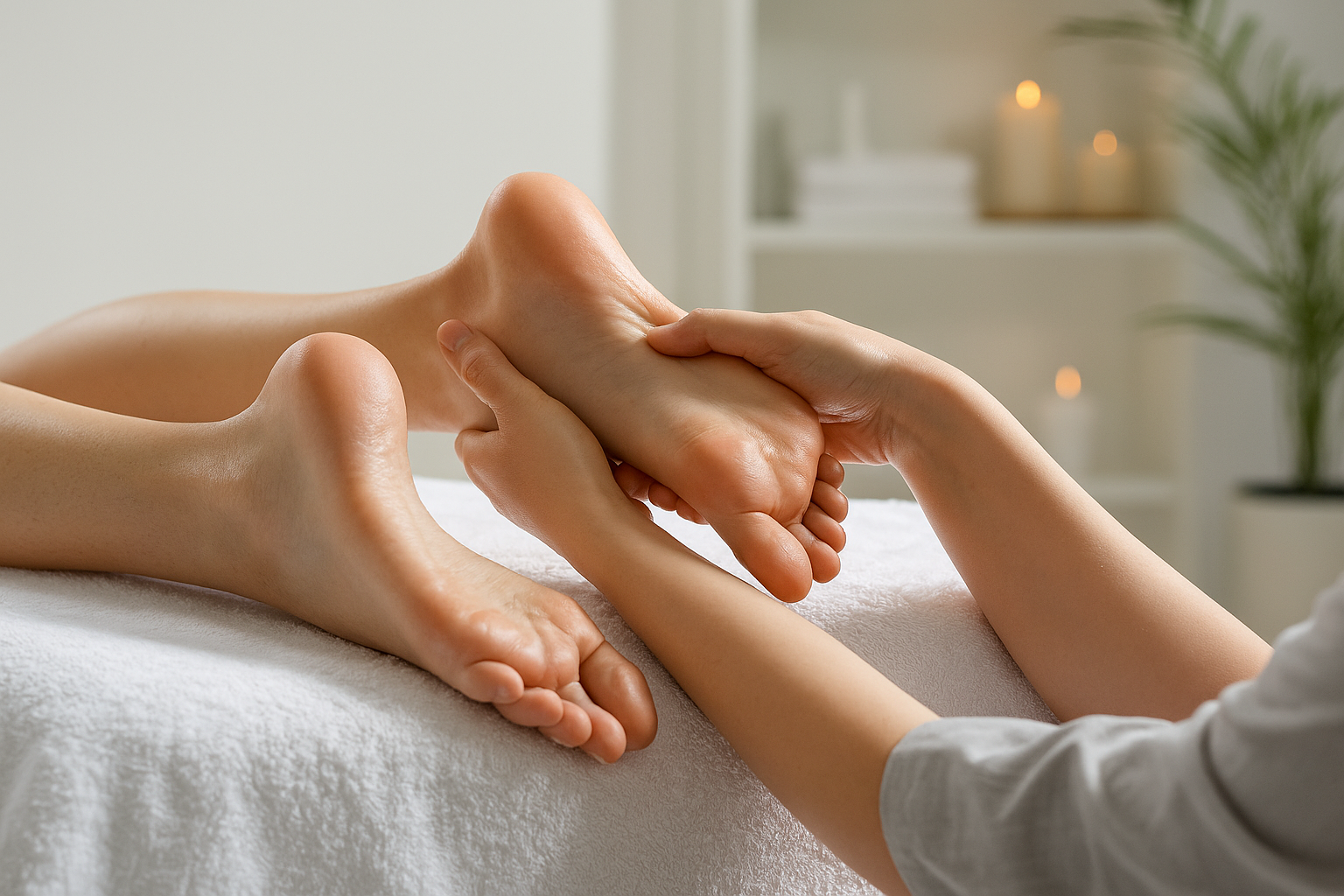
In the sections below, we’ll explore what reflexology is, how it works, and the many physical and mental benefits it can offer. We’ll also describe what to expect during a reflexology session at our spa, and explain why Spa & Massage is the perfect place in London for your reflexology treatment.
Benefits of Reflexology
Reflexology is valued for its range of potential benefits—both physical and mental—though results can vary by individual. Below are some of the commonly reported benefits, supported by client testimonials and research findings:
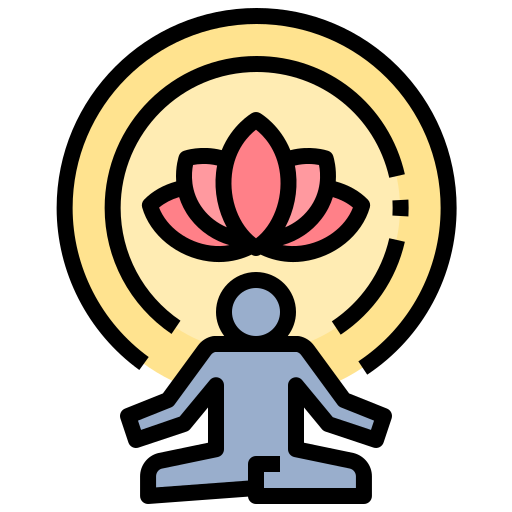
Stress and Anxiety Relief
One of reflexology’s most widely cited benefits is profound relaxation. Studies consistently find that reflexology “enhances relaxation” and reduces psychological stress. For example, a review of reflexology trials noted that many participants experienced significantly lower anxiety and depression levels after sessions. By inducing a calm state, reflexology helps interrupt the stress cycle, which can improve mood and mental clarity.
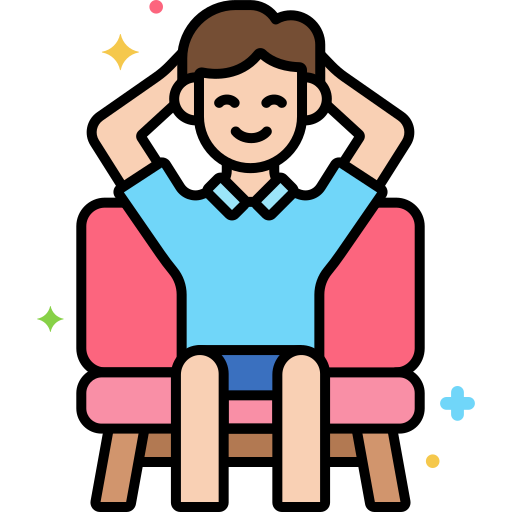
Pain Reduction
People often use reflexology to manage pain – especially tension-related aches like headaches, neck pain, or back stiffness. In fact, a synthesis of multiple studies reported that reflexology had positive pain-reducing outcomes in 27 different trials, covering issues such as arthritis, migraines, kidney stones, and diabetic neuropathy. While reflexology doesn’t claim to “cure” any condition, many clients say it eases chronic pain by relaxing the muscles and improving blood flow to affected areas.
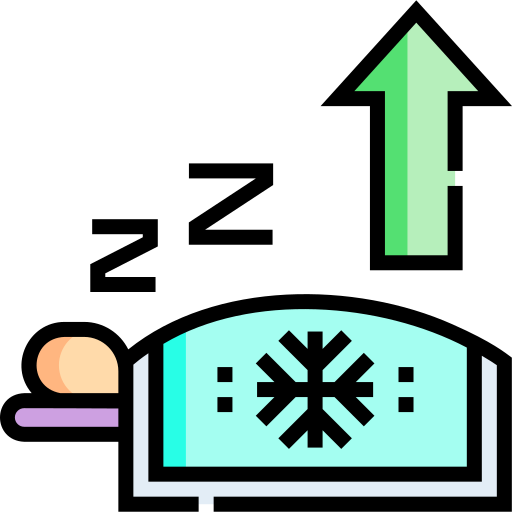
Improved Circulation and Sleep
Reflexology may stimulate circulation of blood and lymph fluid, which helps tissues get more oxygen and nutrients. Better circulation can speed healing and reduce inflammation over time. Additionally, because reflexology is so relaxing, many people find their sleep quality improves. Some clinical reports even indicate that reflexology sessions can lead to lower heart rate and blood pressure immediately afterwards, suggesting a restful transition into sleep. A small clinical trial found that people with hypertension who received reflexology had reduced heart rate and somewhat lower blood pressure, pointing to general cardiovascular calming effects.
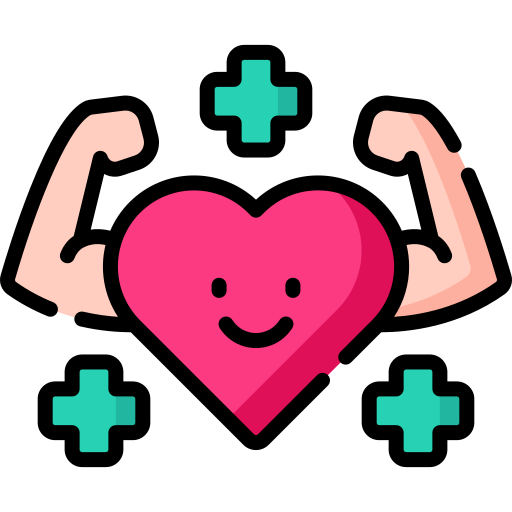
Support for Well-being
Reflexology is often used to boost overall well-being and energy. Cancer Research UK notes that reflexology aims to “relax you, ease stress and tension and help with general well-being”. Many clients report feeling more emotionally balanced, energised, or light after a session. There are anecdotal reports of improved immunity and quicker recovery from colds, though these effects are less scientifically established. The main takeaway is that reflexology promotes a sense of holistic wellness by treating the whole person.
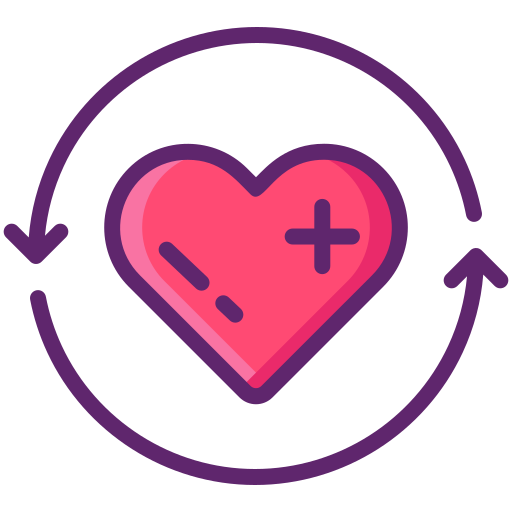
Complementary Symptom Relief
Reflexology is commonly offered as a complementary therapy in hospitals and cancer centres. People with chronic conditions often use it to alleviate symptoms. For instance, studies of cancer patients have shown reflexology can help manage treatment side effects: a 2019 study of women undergoing breast cancer therapy found those receiving reflexology had significantly less fatigue than a control group. Other small studies have noted reduced nausea, pain, and anxiety during chemotherapy when reflexology was added. (That said, it’s important to stress that reflexology is not a medical treatment or cure. Cancer UK clearly states reflexology “is not a treatment or cure for cancer”, but it can improve comfort and coping.)

Safe, Drug-Free Therapy
Unlike medications, reflexology has virtually no side effects for most people. It is non-invasive and chemical-free, which makes it attractive for people seeking natural health approaches. The MDPI study notes reflexology can be used by a wide range of people (including the elderly and pregnant women) and is considered safe. Of course, we always screen for any conditions that might require special care (see FAQ). Under normal circumstances, you simply lie back in a comfortable chair or couch while the therapist works on your feet, and both body and mind enjoy the benefits of gentle touch.
In summary, reflexology can help relieve physical tension, ease stress, and promote overall balance. Many clients say that after a reflexology session they feel “lighter” and more relaxed than they have in weeks. When combined with a healthy lifestyle, reflexology can be a powerful component of a person’s wellness routine.
What Is Reflexology?
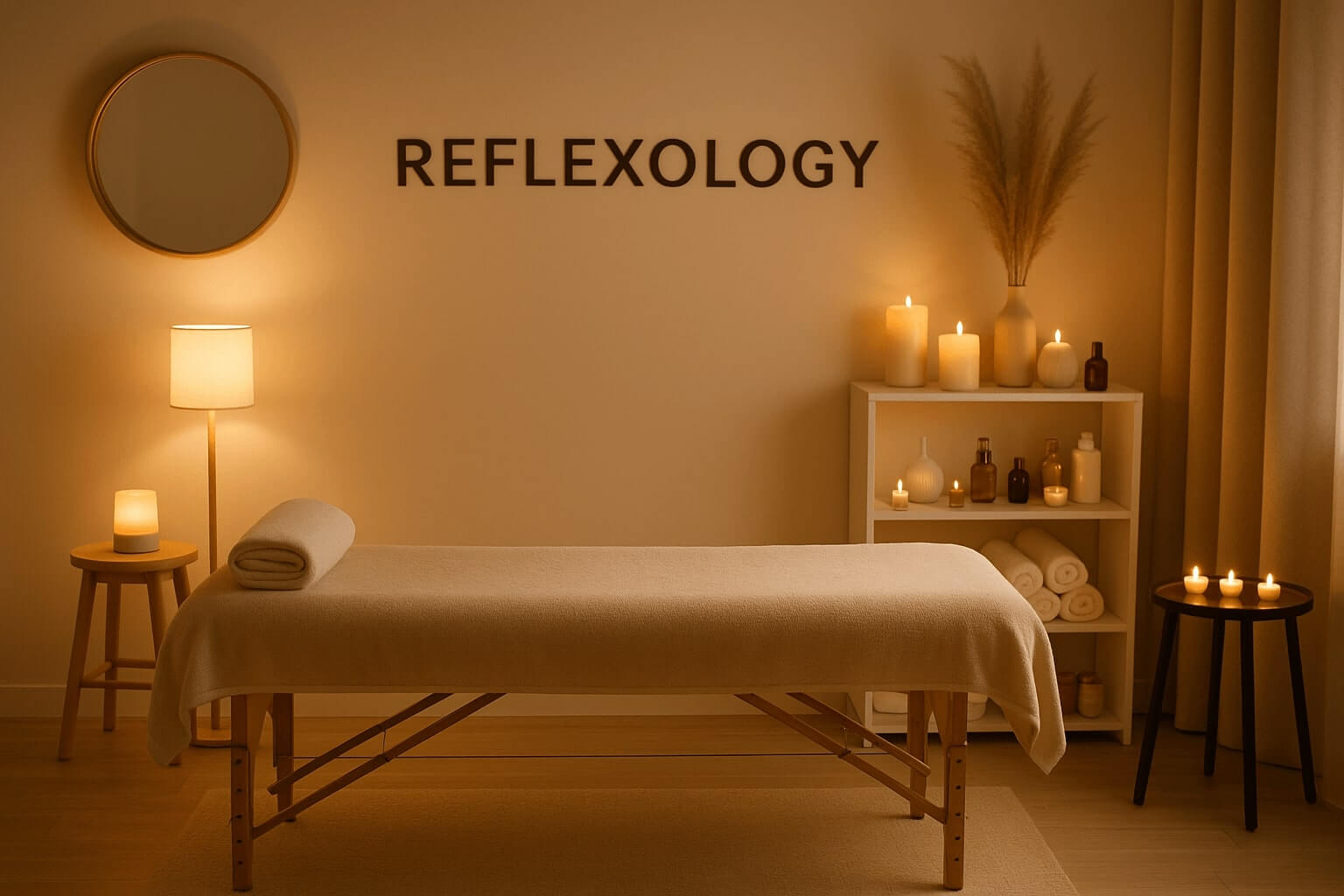
Reflexology is a holistic therapy that targets reflex points on the feet (and sometimes the hands or ears) which are believed to connect to other parts of the body. In simpler terms, it’s like a specialised massage for your feet. Qualified reflexologists are trained to identify and work on specific zones of the foot. These zones are thought to correspond to different organs and systems – for example, reflex points on the big toe might relate to the head or brain, points on the arch might relate to digestion, and points on the heel to the lower back. According to reflexology theory, stimulating each point can send a calming or healing signal to the corresponding body part. Cancer Research UK explains that reflexologists “believe there are certain points on the feet and hands” which “correspond to the organs and glands in the body”.
Importantly, it is not just a regular foot rub. During a reflexology session, the practitioner will apply firm, precise pressure using their thumb and fingers, kneading and massaging along the sole and around the edges of the foot. The goal is to ease tension in the foot and trigger the body’s relaxation response. NHS Wales notes that this gentle pressure helps the body’s “energy to flow through” more smoothly. Many clients describe reflexology as deeply relaxing. In fact, reflexology “helps the ‘Chi’ or energy to flow through your body to make you feel better,” according to NHS sources, and it often induces a state of calm similar to meditation. Some people even fall asleep during a session.
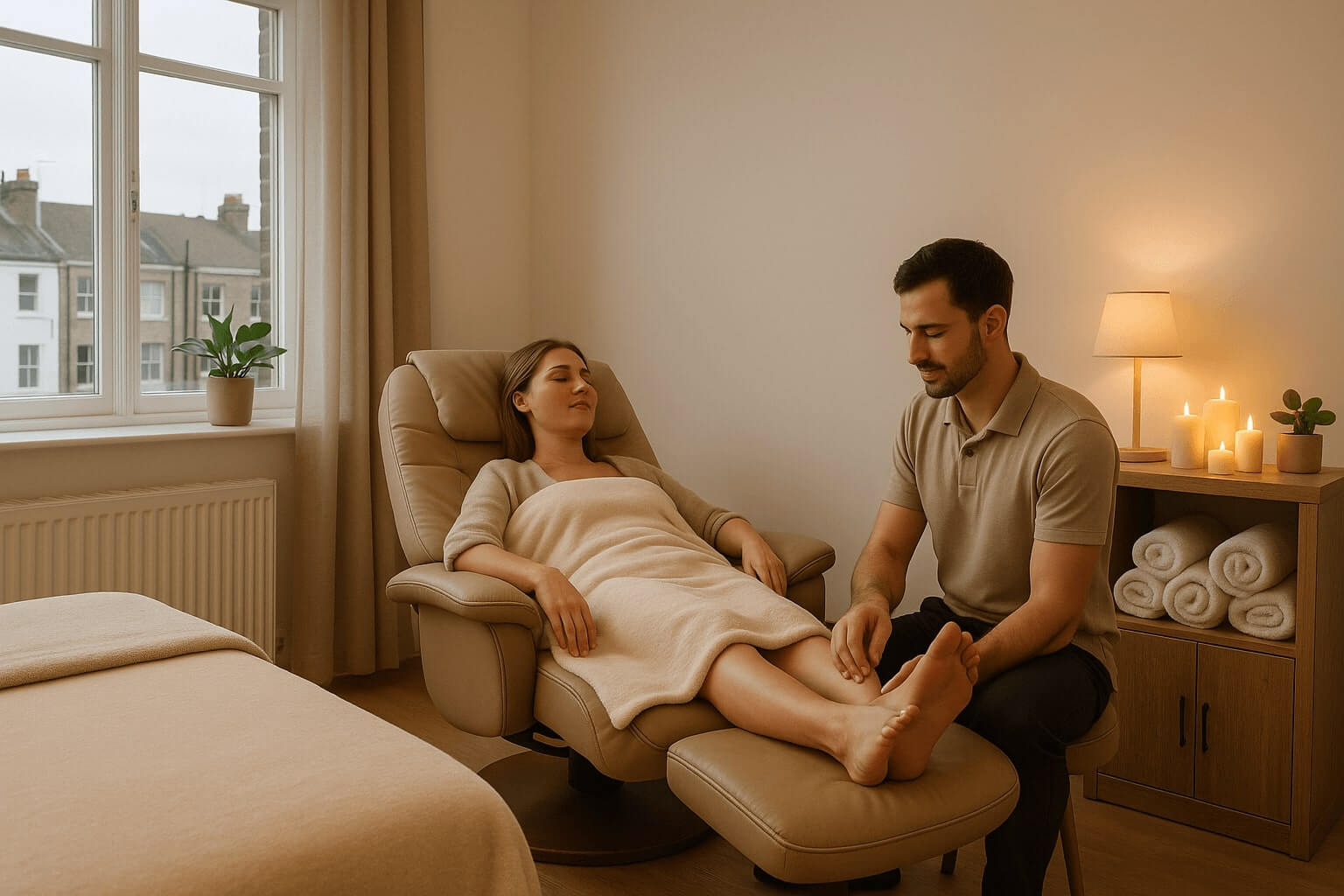
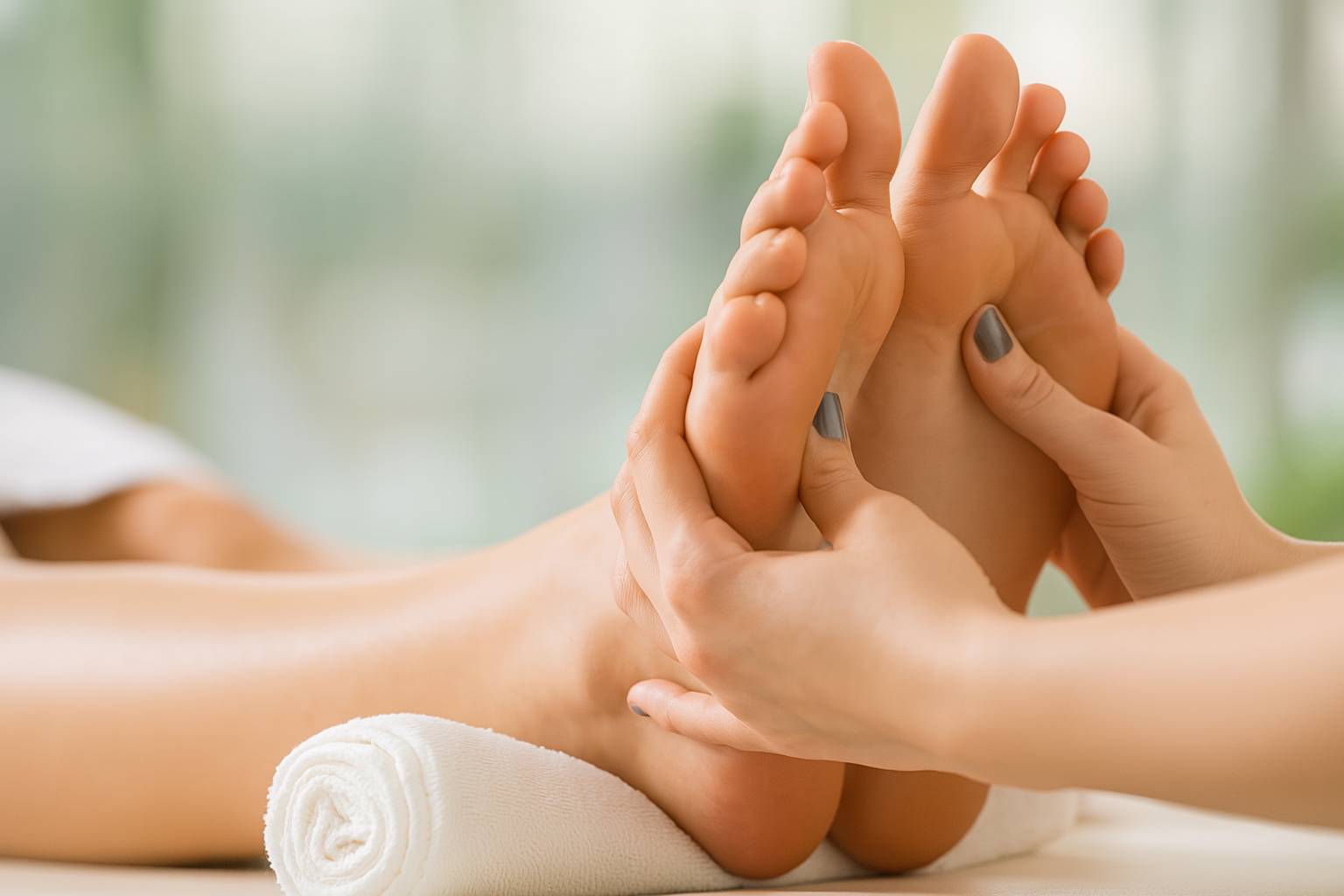
Behind the scenes, reflexology may work like any good massage by affecting the nervous system. For example, research has shown that the human nervous system responds to touch and pressure on the feet much as it does to other forms of massage. In practice, a reflexologist’s touch can calm the central nervous system, slowing heart rate and lowering stress hormones. One review found that during reflexology treatments, participants showed decreased blood pressure and reduced anxiety. Reflexology has also been shown to trigger the release of endorphins and enkephalins – the body’s natural pain-relieving chemicals – which can improve mood and reduce discomfort. In short, whether you view it through the lens of energy flow or physiology, reflexology promotes deep relaxation and can ease physical and emotional strain.
History of Reflexology
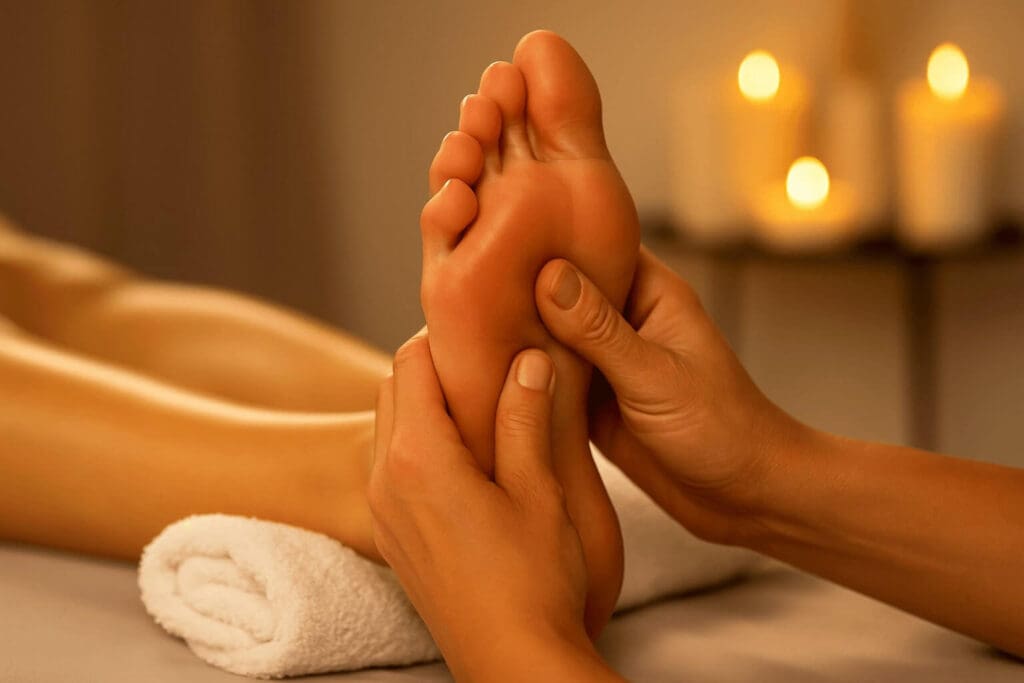
Reflexology has a surprisingly long history. Early forms of foot massage were practised by ancient civilisations around the world. Historical records indicate that as far back as 4,000 BC, the Egyptians were drawing maps of the body on the feet in tomb paintings, and traditional Chinese medicine also included foot therapy in its healing arts. Native American and other indigenous cultures used variations of foot pressure as a natural remedy as well.
Modern reflexology as we know it began taking shape in the late 19th and early 20th centuries. American ear, nose and throat specialist Dr. William H. Fitzgerald first developed the idea of “zone therapy” around 1915, mapping the body into ten vertical zones from head to toe. Later, physiotherapist Eunice Ingham refined the practice and created detailed foot charts that are used by reflexologists today. While reflexology has ancient roots, it was formally introduced to the Western medical community only in the 20th century. Today it is widely practiced worldwide as a complementary therapy for wellness. In fact, reflexology is one of the most commonly used complementary therapies in Europe. This rich heritage means that reflexology is well-established – it is taught in many massage and holistic schools, and often offered in spas, wellness centres, and even hospitals alongside conventional treatments.
How Reflexology Works
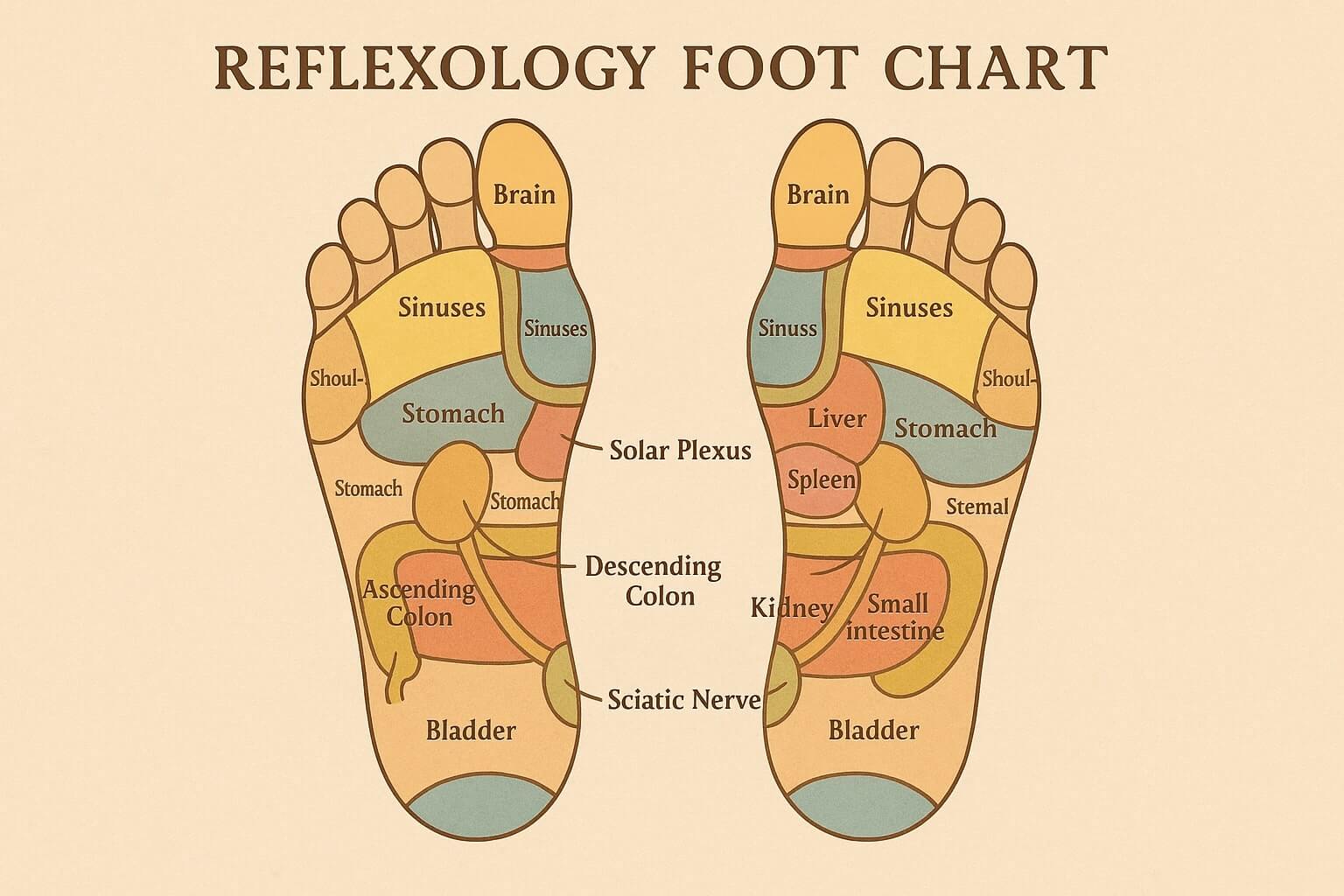
Reflexology’s theory is that pressure applied to points on the feet and hands can have positive effects on corresponding body parts. Beyond traditional concepts, scientists have proposed other explanations for its effects. One idea is that the gentle pressure and massage of reflexology help relax the nervous system much like any form of massage. Studies have found that focused touch on the feet can stimulate the vagus nerve and reduce the body’s stress response. For example, research using EEG brainwave measurements showed that reflexology sessions are associated with increased brainwave patterns of relaxation (alpha waves) and measurable drops in blood pressure and anxiety levels.
Another theory is that touch on the feet floods the sensory pathways with signals, which may “distract” the brain from pain or imbalance elsewhere. In effect, reflexology may tap into the brain’s ability to alter how we perceive pain and stress. By concentrating on the feet – a part of the body with many nerve endings – reflexology may trigger the release of endorphins (the body’s natural painkillers) and promote better sleep and mood. The MDPI reflexology review notes that reflexology “triggers the release of endorphins and enkephalins, which help relieve pain and improve mental energy and well-being”.
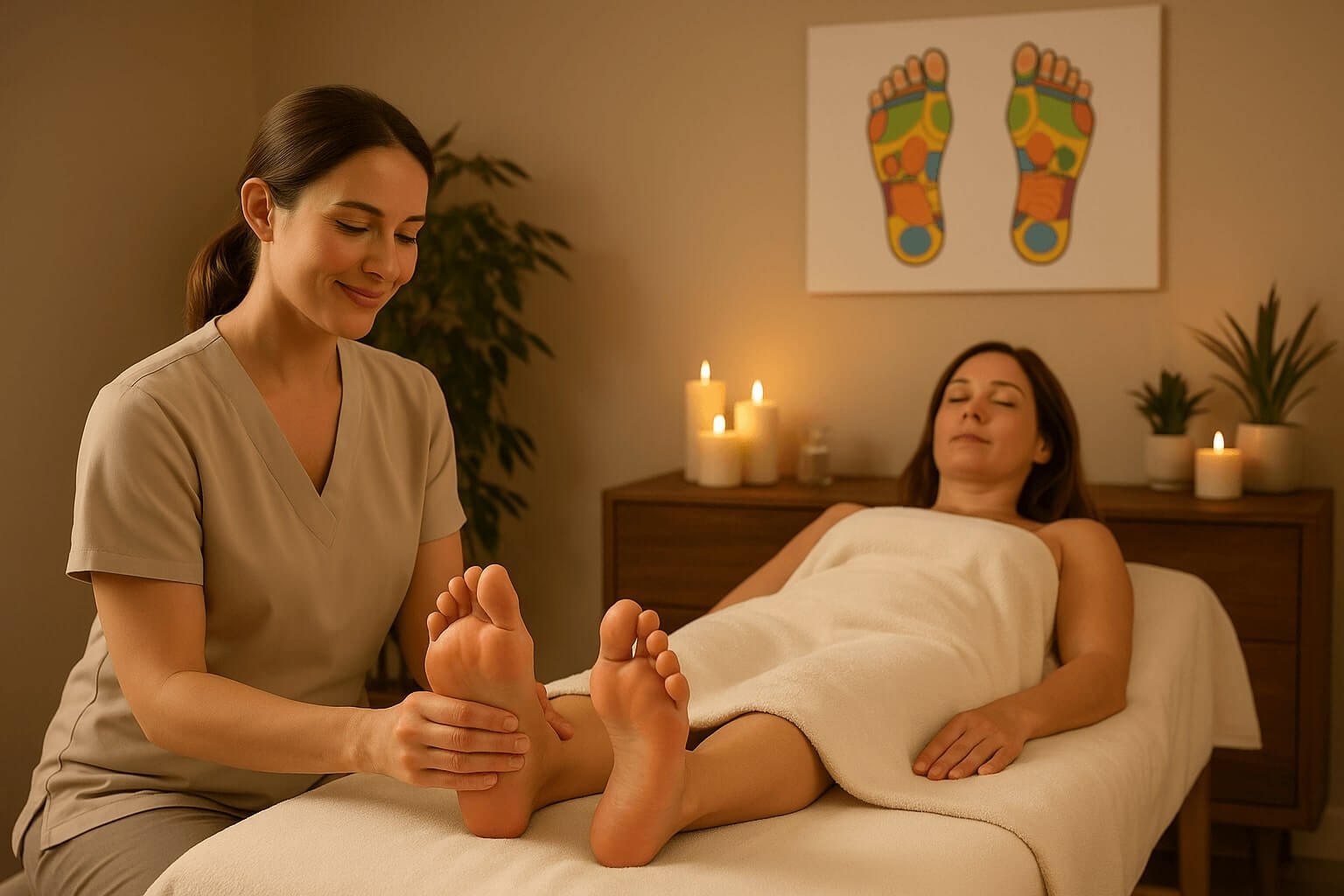
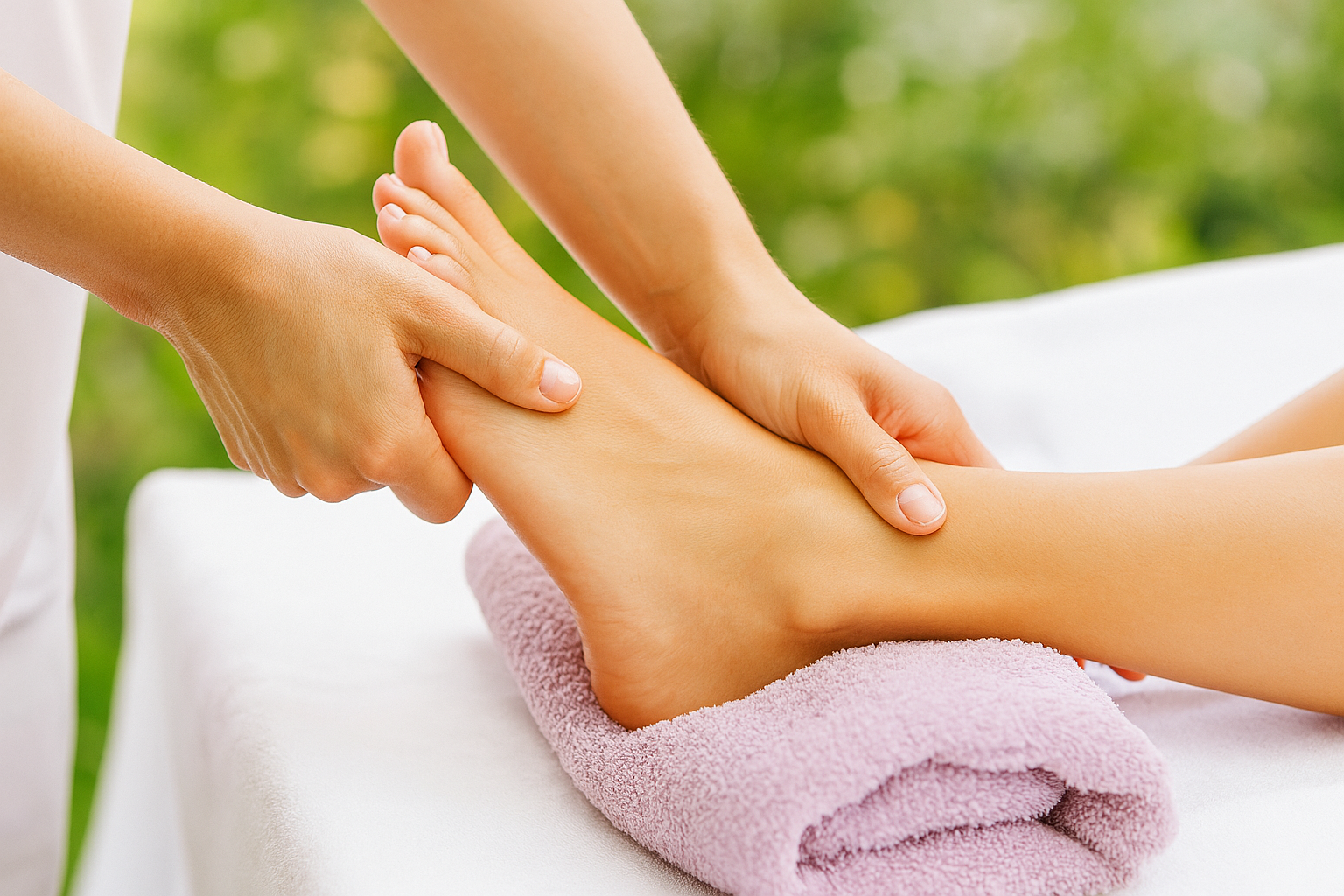
From the traditional Chinese medicine (TCM) perspective, reflexology is explained in terms of Qi (pronounced “chee”), the vital life energy. TCM holds that illness and stress occur when Qi becomes blocked or imbalanced. By stimulating reflex points on the feet or hands, reflexologists aim to restore the smooth flow of Qi throughout the body. While Western science hasn’t proven Qi objectively, many clients report feeling like tension “melts away” after reflexology, which aligns with the notion of unblocking energy flow.
In summary, reflexology likely works through a combination of mechanical stimulation and neurochemical changes. The calming human touch reduces stress hormones, improves circulation, and may activate relaxation pathways in the brain. Whether explained by nerves or energy, the bottom line is that reflexology often leaves people feeling less tense, more balanced, and ready to tackle daily life with renewed calm.
Reflexology at Spa & Massage London
At Spa & Massage, we pride ourselves on providing a superior reflexology experience. Our London clinics are designed for your comfort: tranquil treatment rooms, premium oils and lotions (if desired), and therapists who are trained and insured in reflexology. Here’s how Spa & Massage stands out:
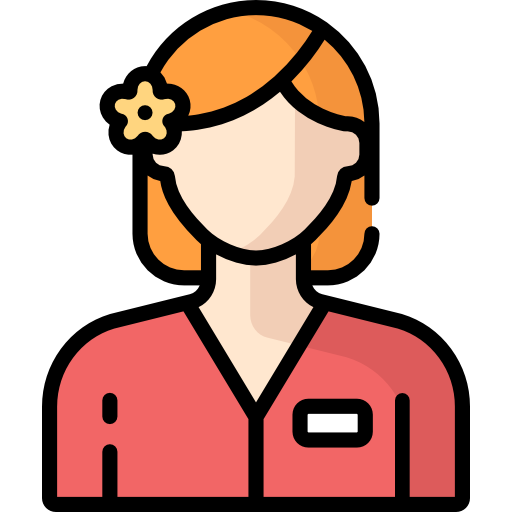
Experienced Reflexologists
Each therapist at our clinics has professional training in reflexology and massage. They bring compassion and skill to every session, ensuring your treatment is safe and effective. We follow the latest best practices in complementary therapy.

Holistic Approach
We treat every client as a whole person. Before each session, we consider your health history, stress levels, and specific goals. This might mean focusing more on certain foot zones or combining reflexology with light aromatherapy or a calming foot soak for maximum benefit.
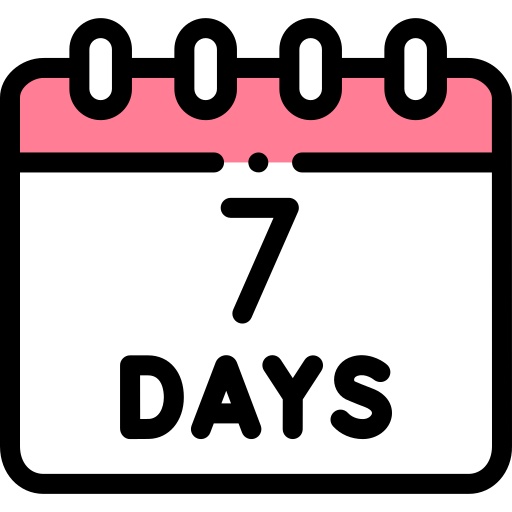
Flexible Scheduling
Life in London can be busy, so we offer reflexology seven days a week with extended evening hours at many locations. You can easily fit a session into your day after work or on the weekend.

Clean, Relaxing Environment
All six of our London clinics are maintained to high cleanliness standards. Treatment rooms are softly lit with calming décor. We want you to relax the moment you walk through the door.
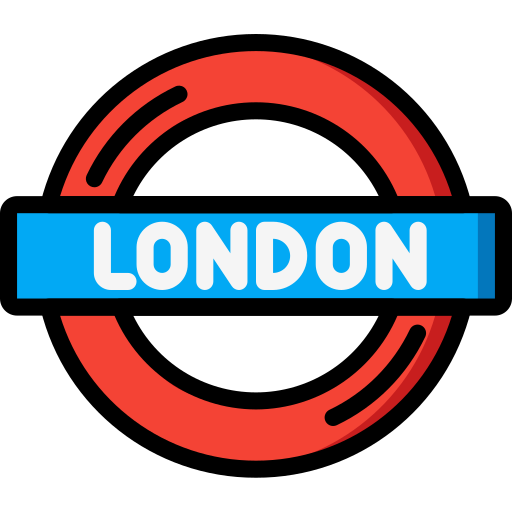
Six Convenient Locations
No matter where you are in London, we’re likely just a short journey away. Each clinic offers full reflexology services as listed below. You can book online or by phone for any location, and our staff will happily recommend the closest clinic or the next available appointment.
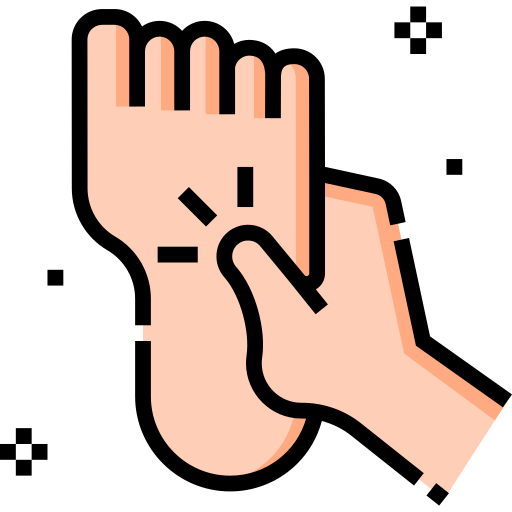
Personalised Treatment Plans
No two clients are the same, which is why our reflexology sessions are always personalised. Whether you’re seeking relief from stress, help with sleep, or support for a specific condition, your therapist will adapt the pressure and focus areas to suit your individual concerns. This bespoke approach ensures you receive the maximum therapeutic benefit from every visit.
Our London Sports Massage Clinics
We have seven London locations, so you’re never far from a Spa & Massage clinic. Each location is staffed with our expert therapists and offers the full range of treatments, including sports massage. Find us in:
CrouchEnd
(North London)
38 The Broadway, Crouchend, N8 – Ideal for clients in North London neighbourhoods.
Bayswater
(West London)
123 Queensway, W2 – Conveniently located near Bayswater and Queensway tube stations.
Chiswick
(West London)
46 Turnham Green Terrace, W4 – Serving the Chiswick and Hammersmith areas, this clinic is perfect for West London locals.
Earl’s Court
(Central London)
125 Earl’s Court Road, SW5 – Our Earl’s Court spa is right in the heart of London, great for commuters and residents in Kensington, Chelsea, and Fulham.
Belsize Park
(North West London)
173 Haverstock Hill, NW3 – Easily accessible for Hampstead, Camden, and Belsize Park communities.
Richmond
(South West London)
1A Brewers Lane, TW9 – Serving Richmond and the Surrey borders.
Fulham
(South West London)
709 Fulham Road, SW6 - Relax at our Fulham clinic, near Parsons Green Station, offering expert massage therapy for locals in Fulham, Chelsea, and Putney.
(Tip: You can visit our Locations page for maps, addresses and contact details of each branch.)
At each location, we stock top-quality equipment and products. We encourage you to book a reflexology session at the Spa & Massage clinic nearest you – and rest assured, your treatment will be consistent across all our sites thanks to our strict training and service standards.
our clinics
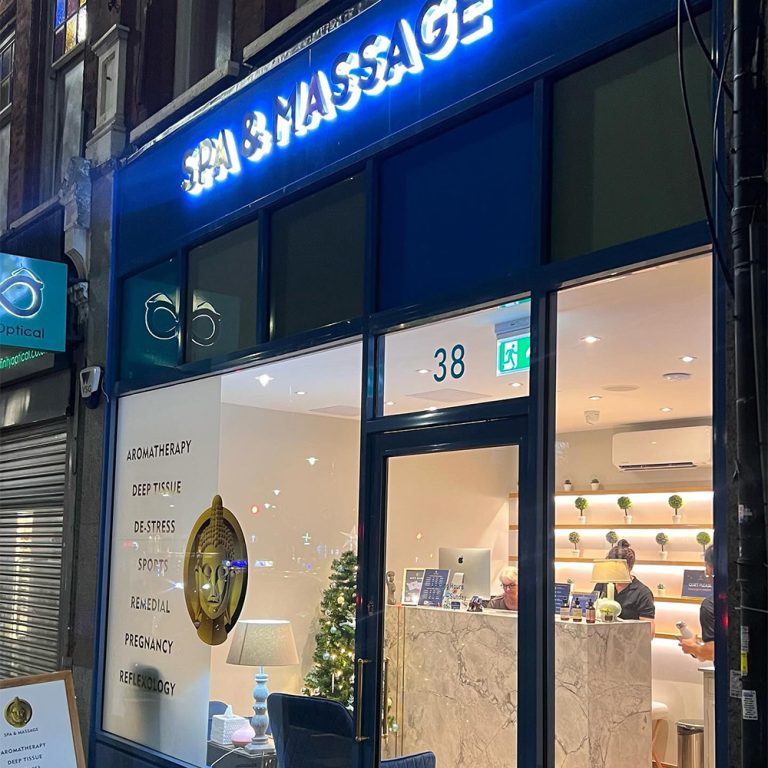
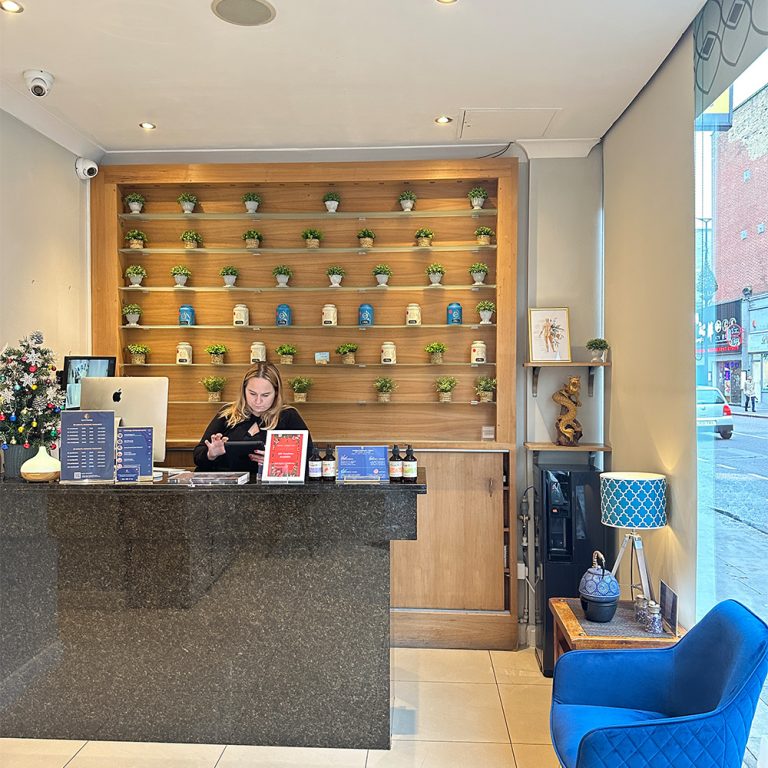
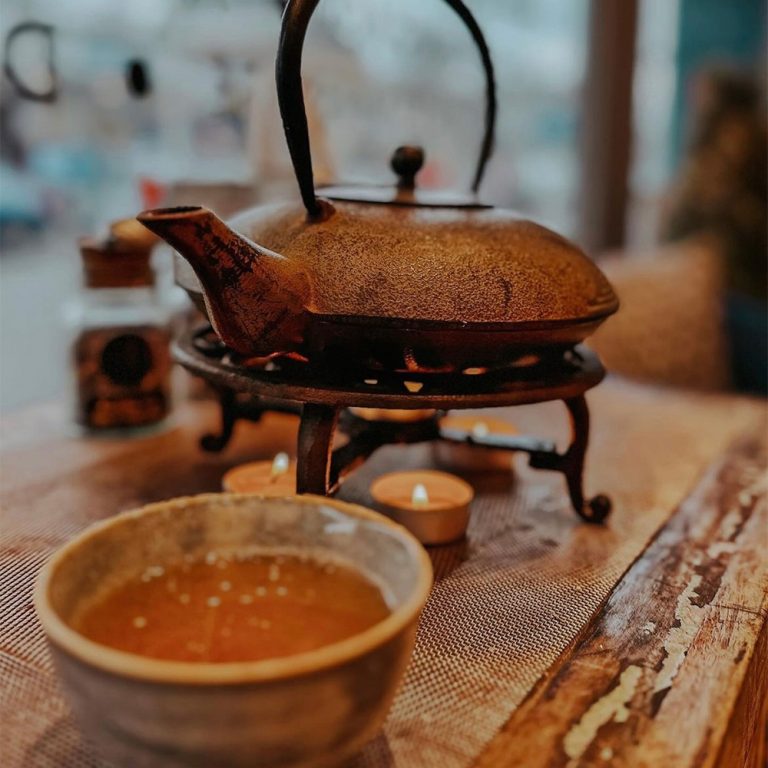
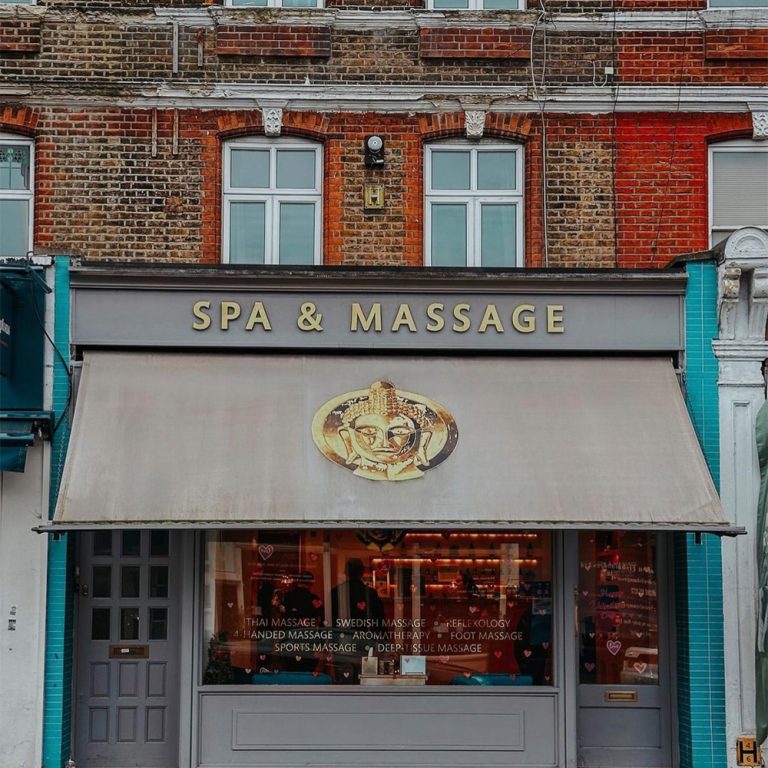
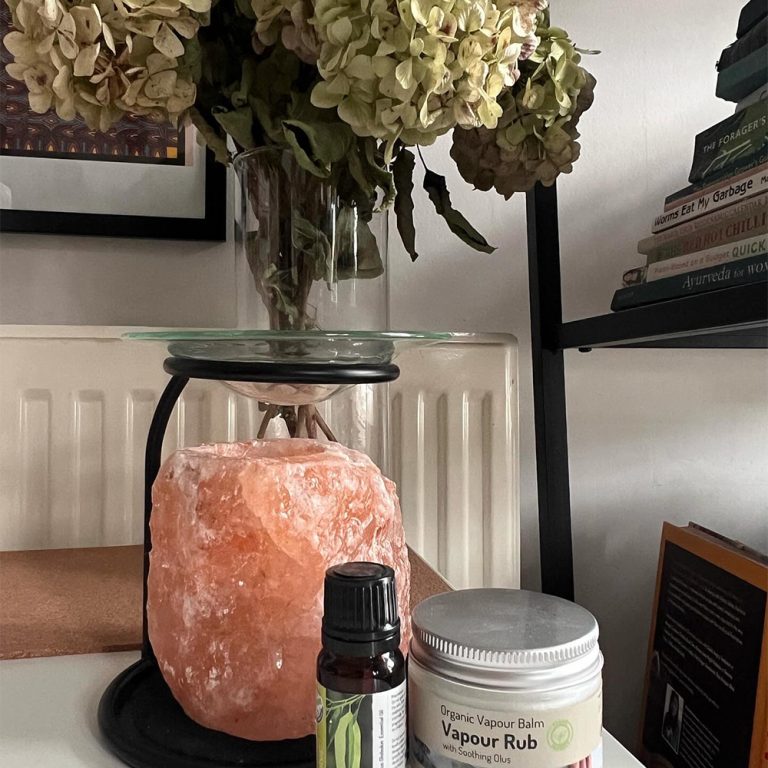
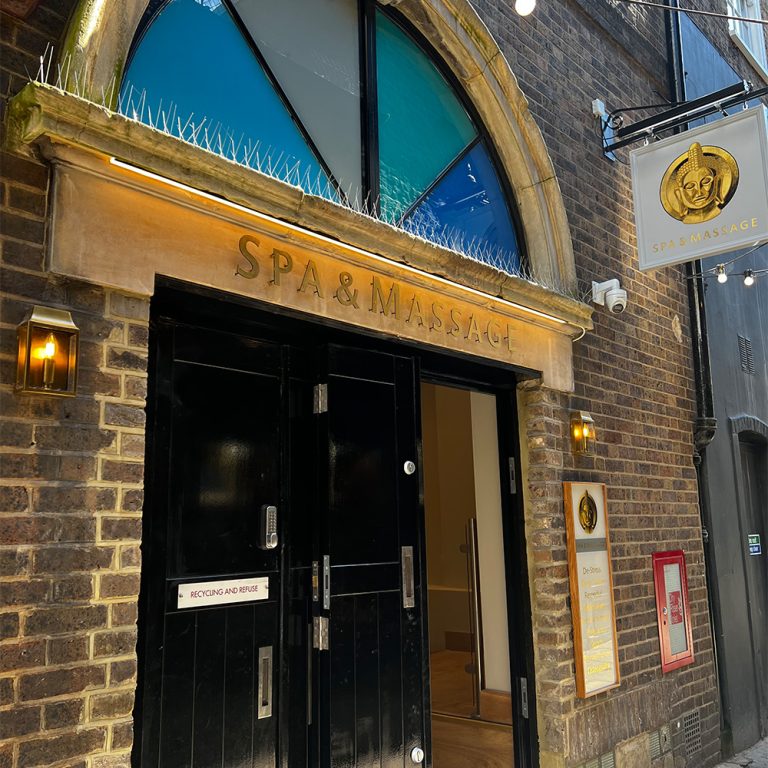
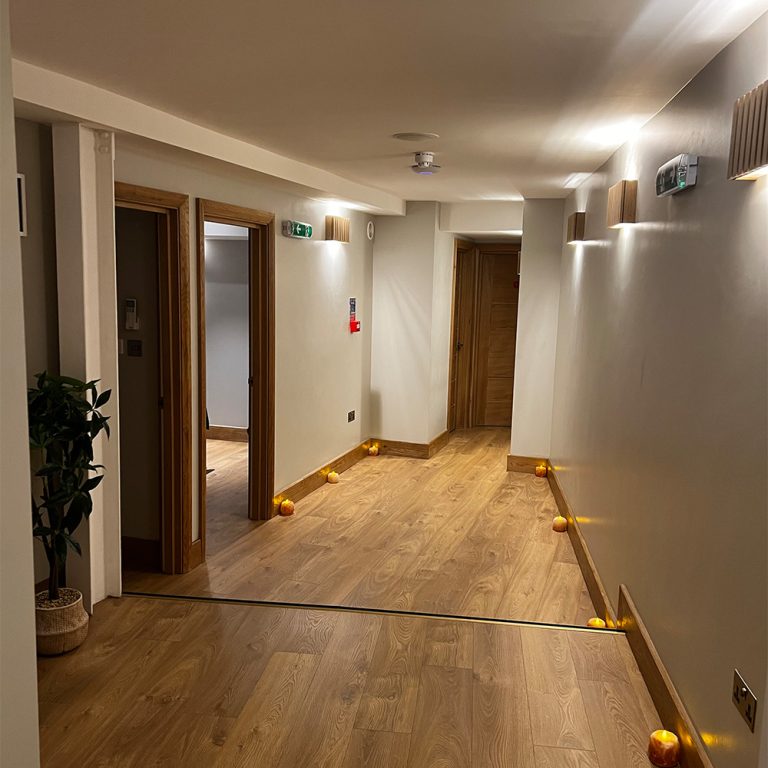
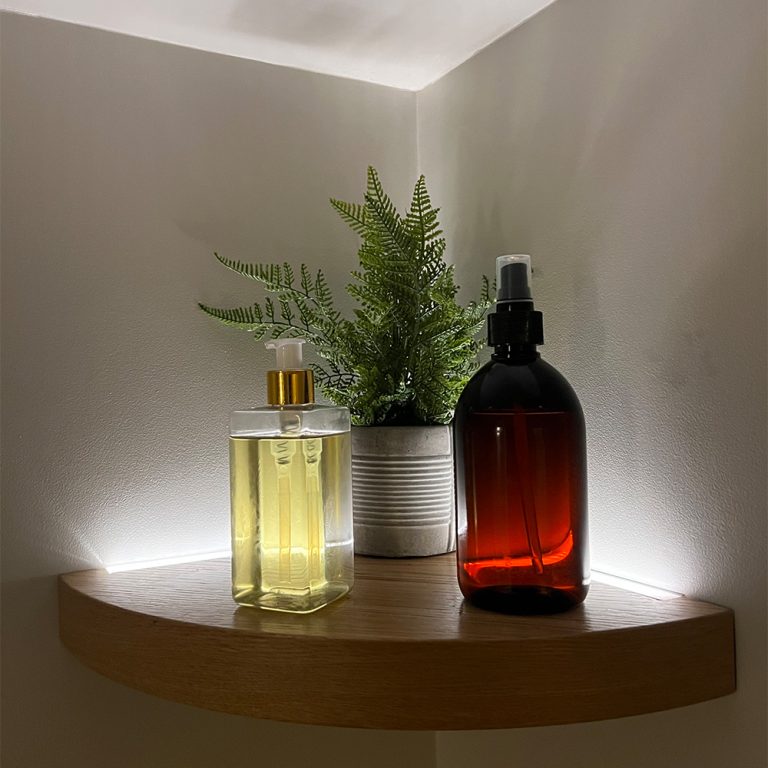
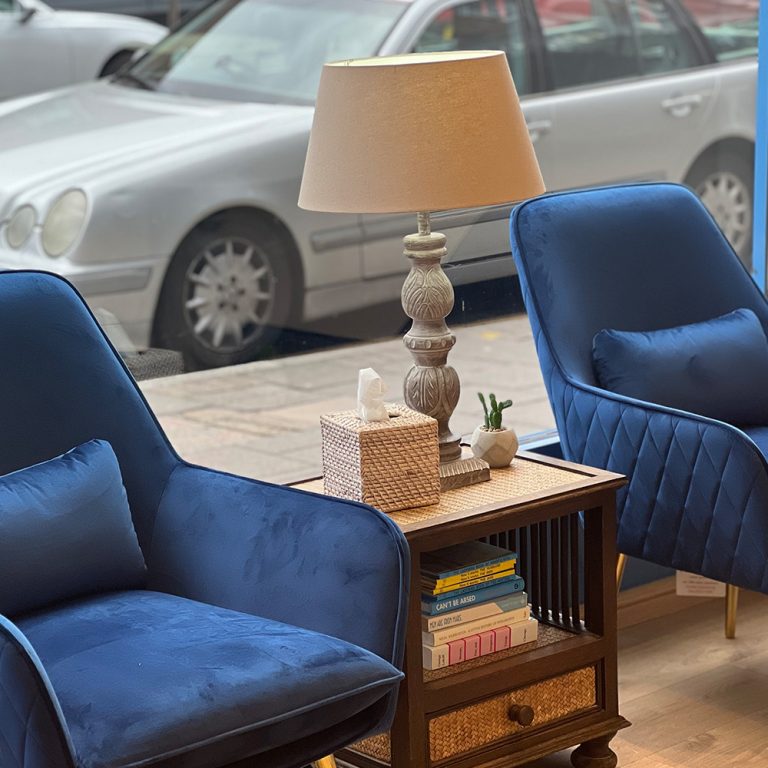
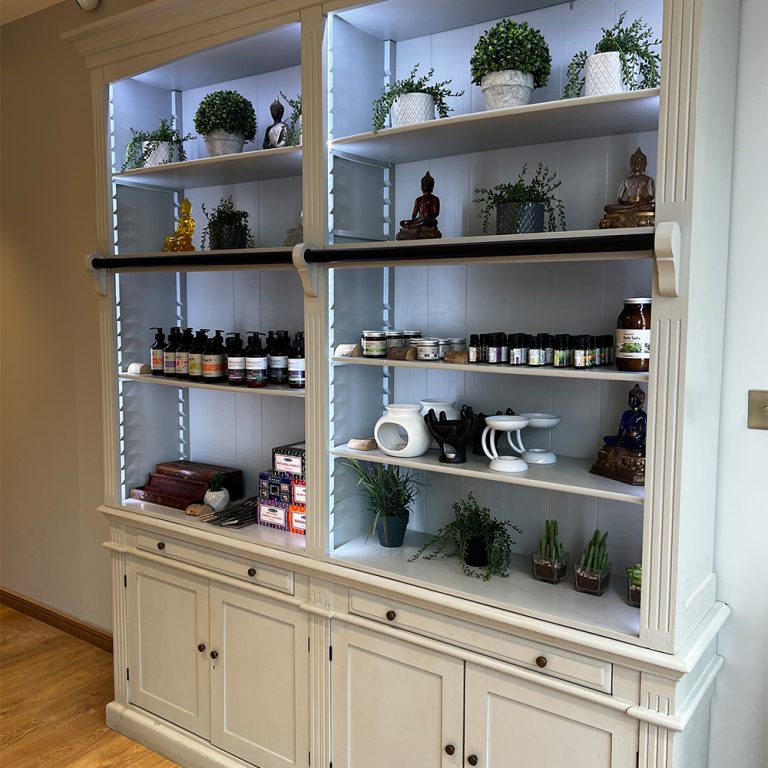
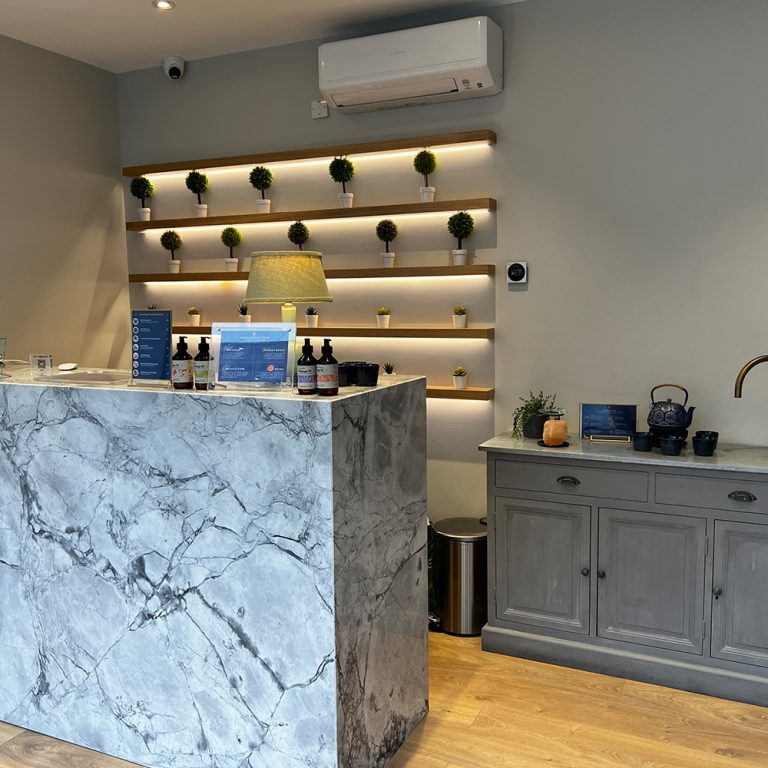
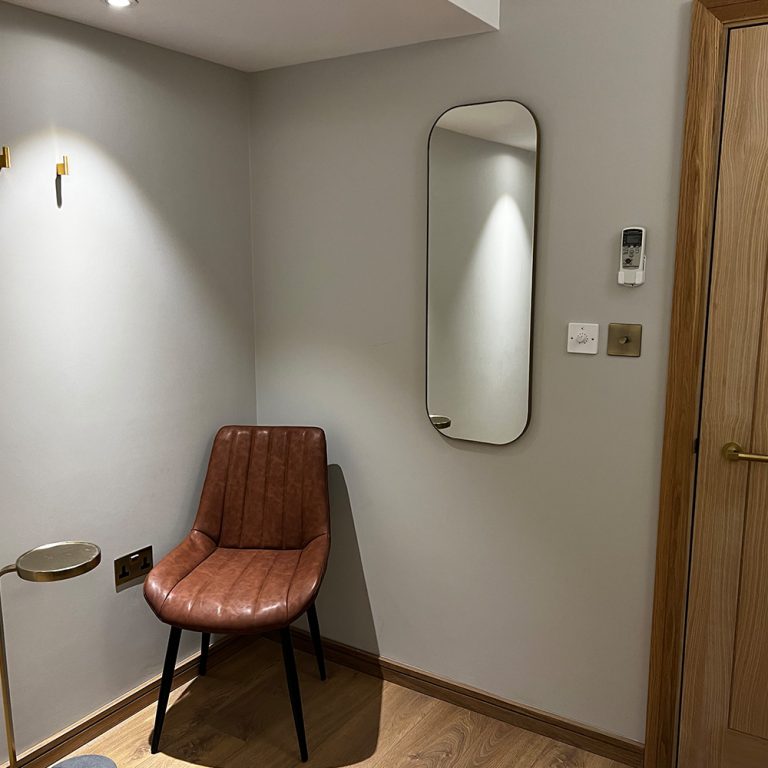
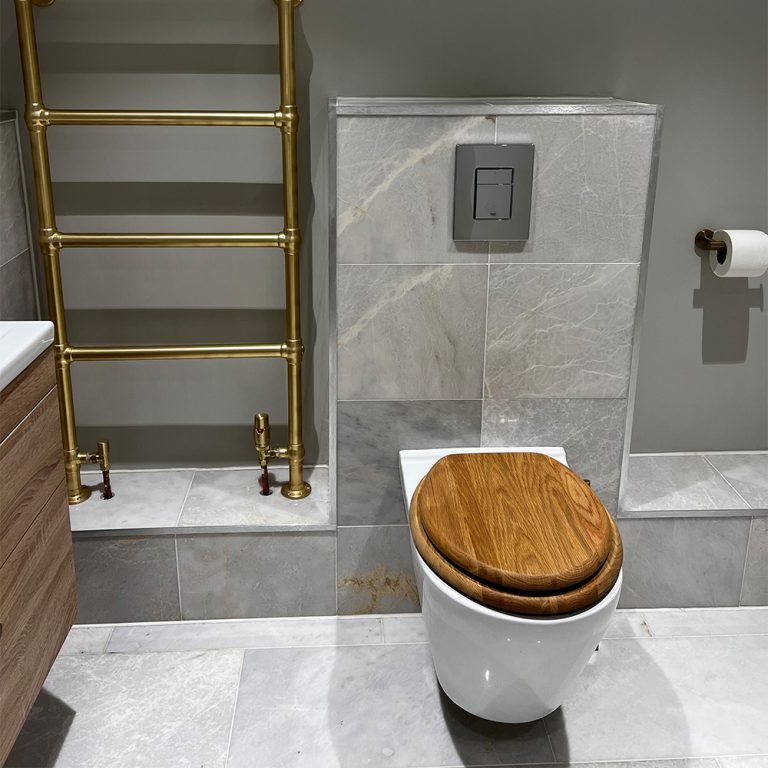
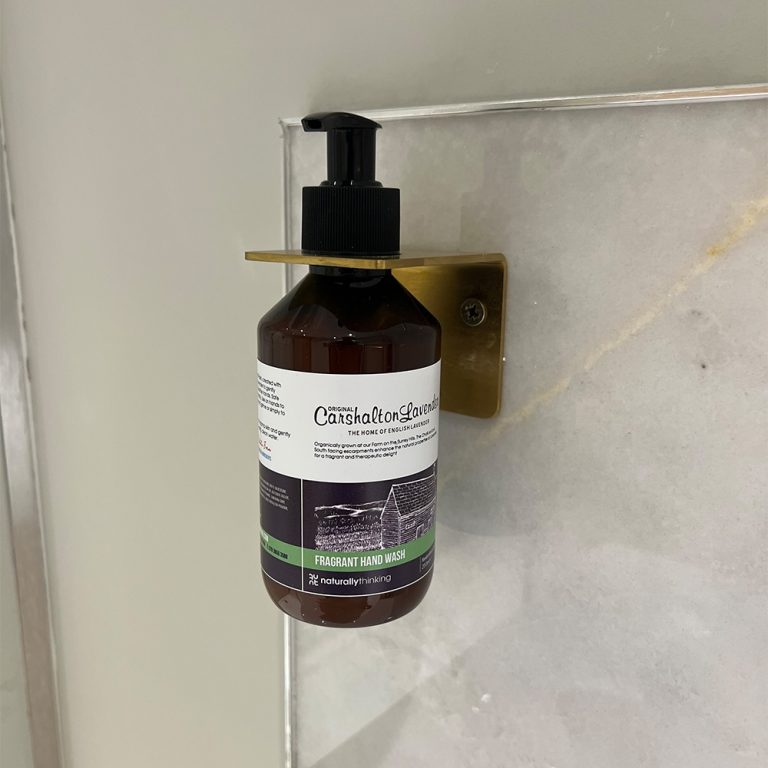
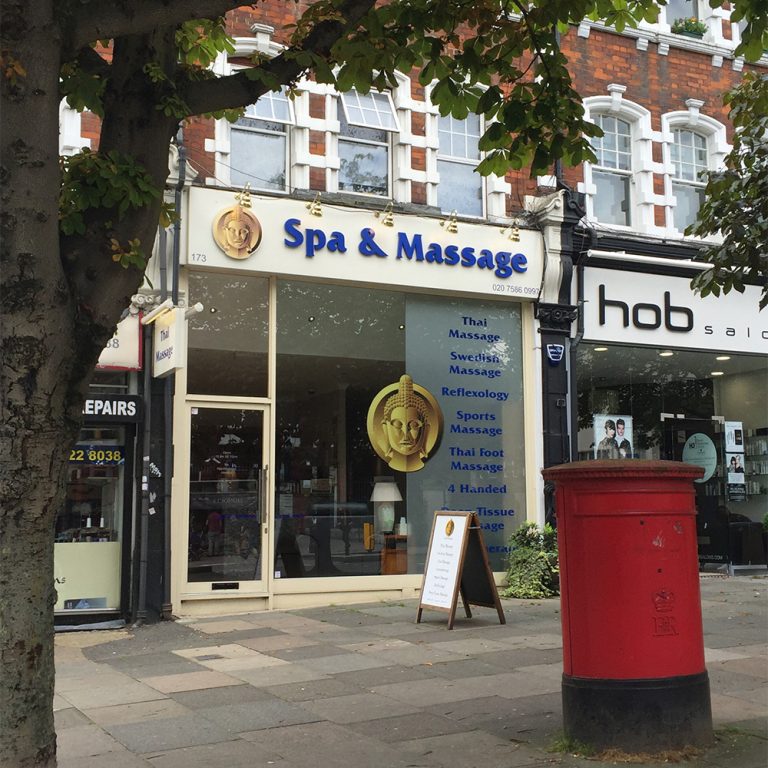
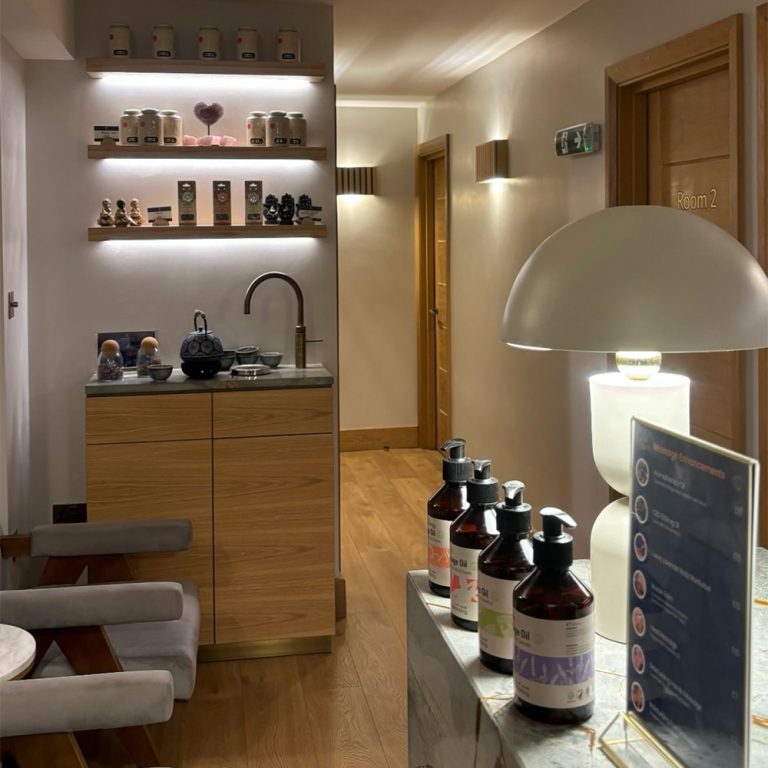
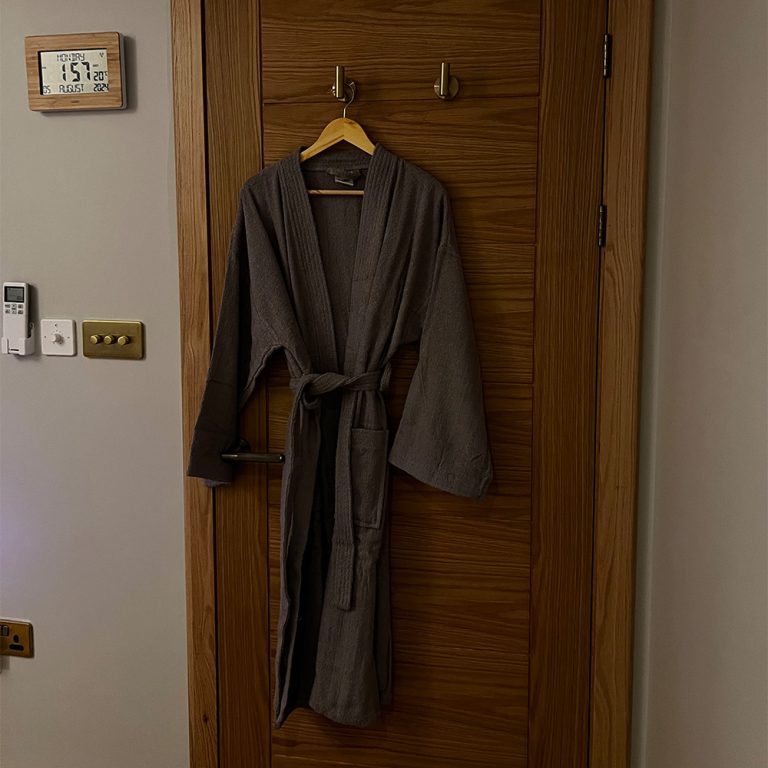
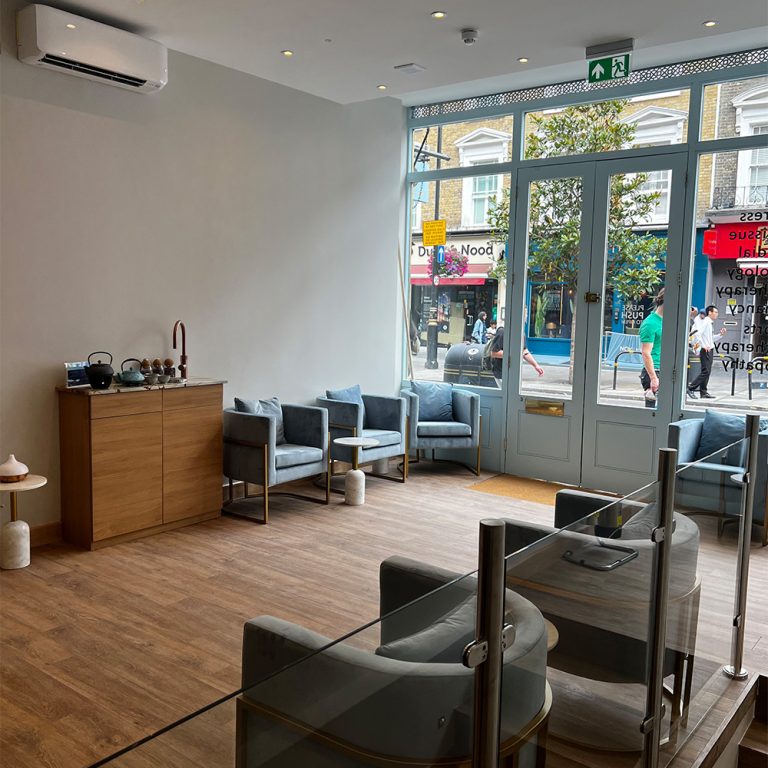
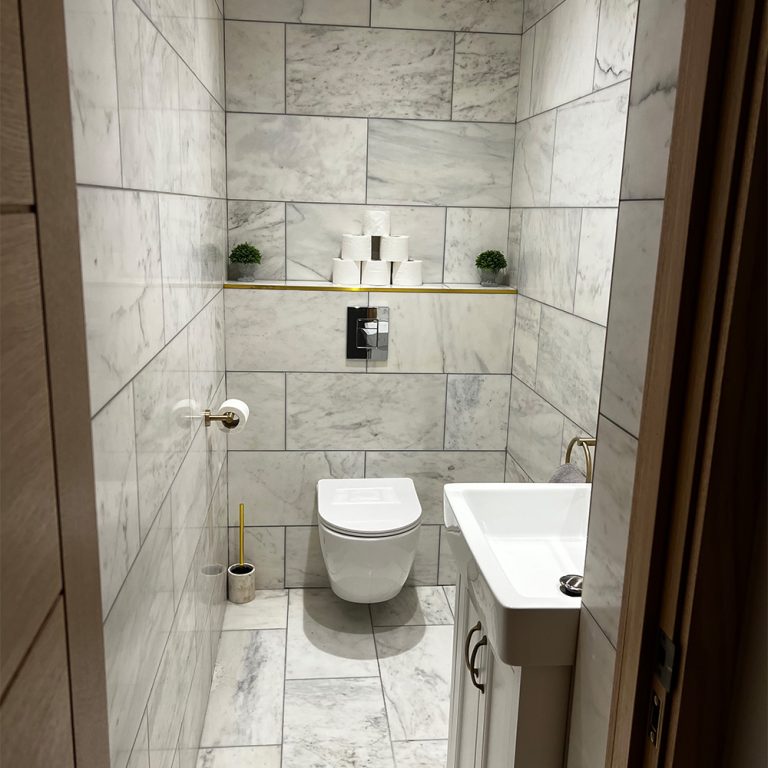
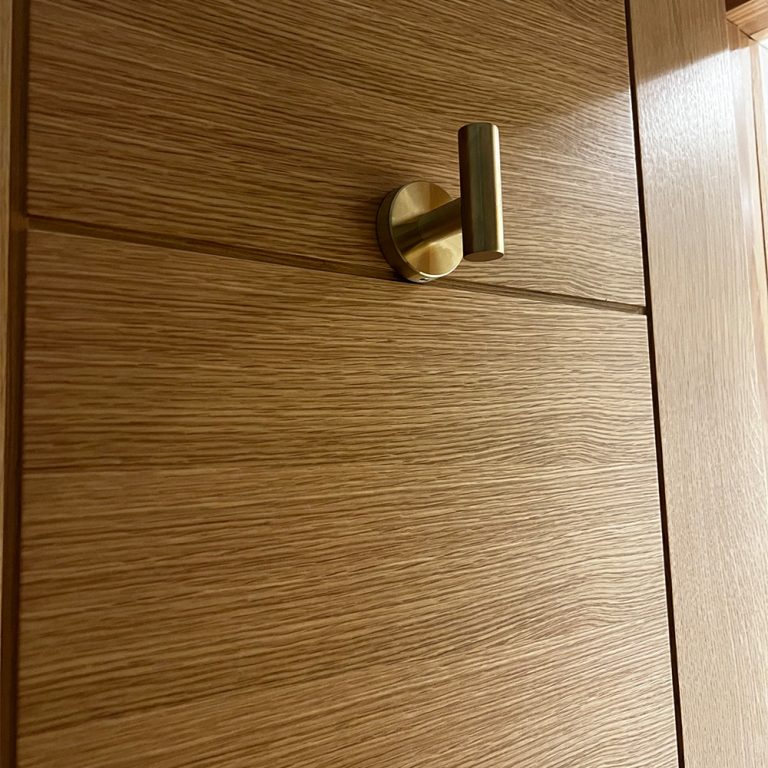
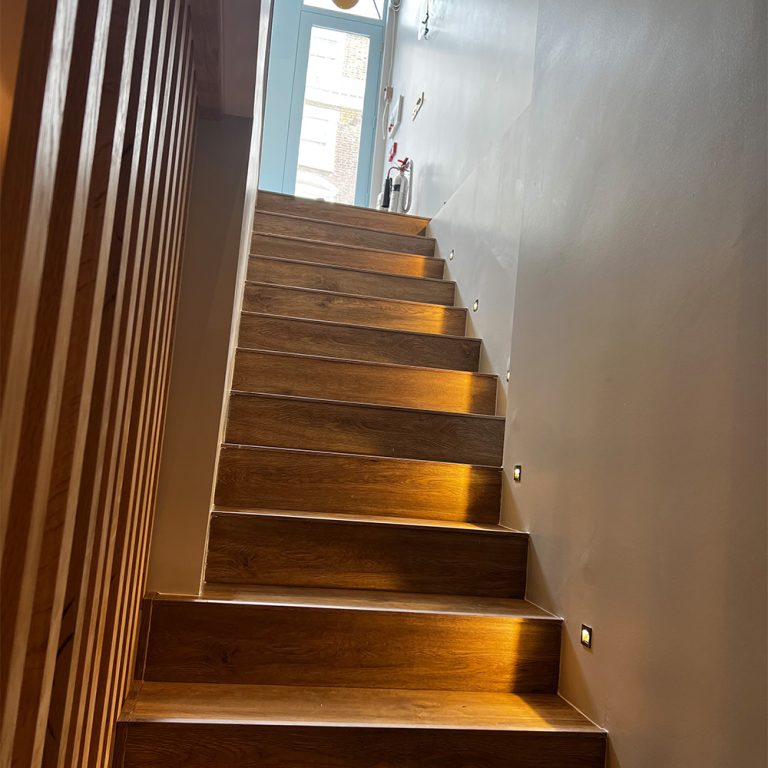
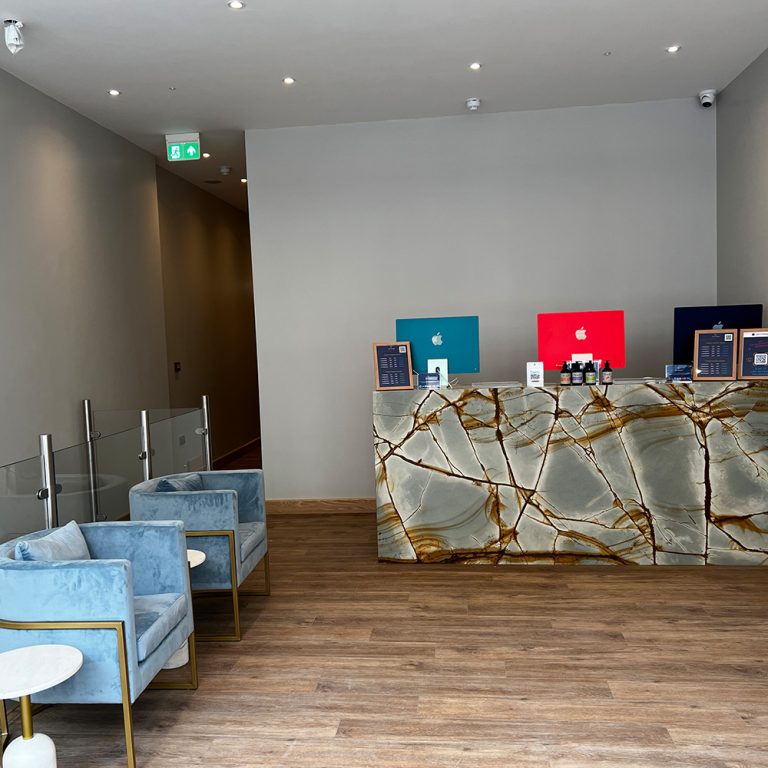
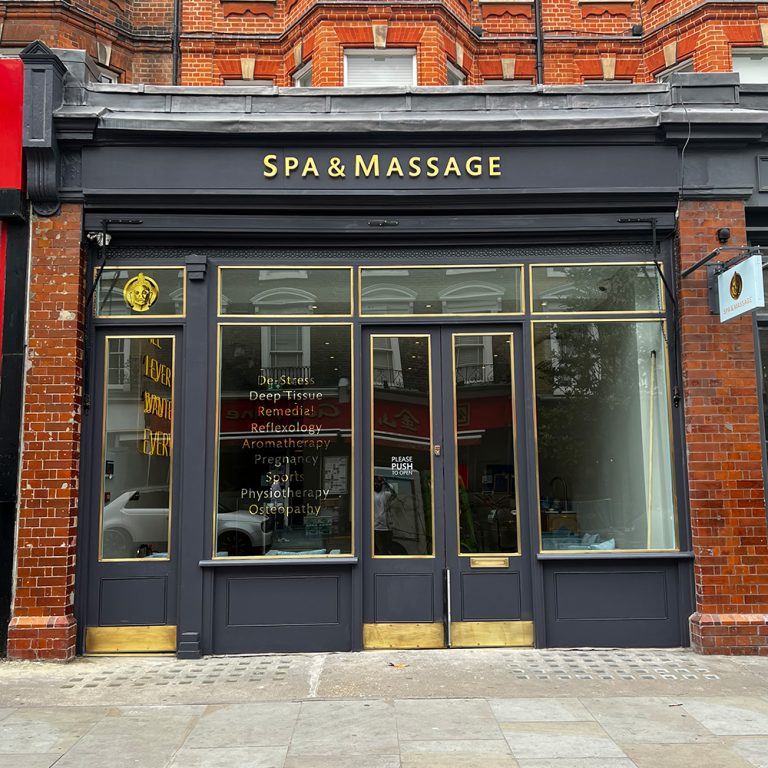
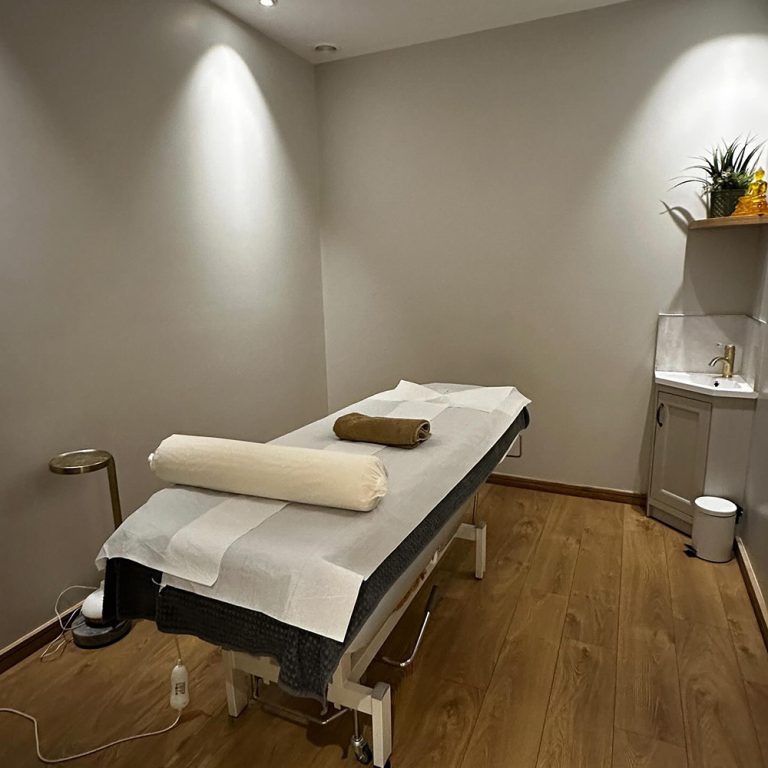
Our Clients
Don’t just take our word for it – hear from some of our happy clients who’ve experienced the calming and restorative power of reflexology at Spa & Massage:
our clients
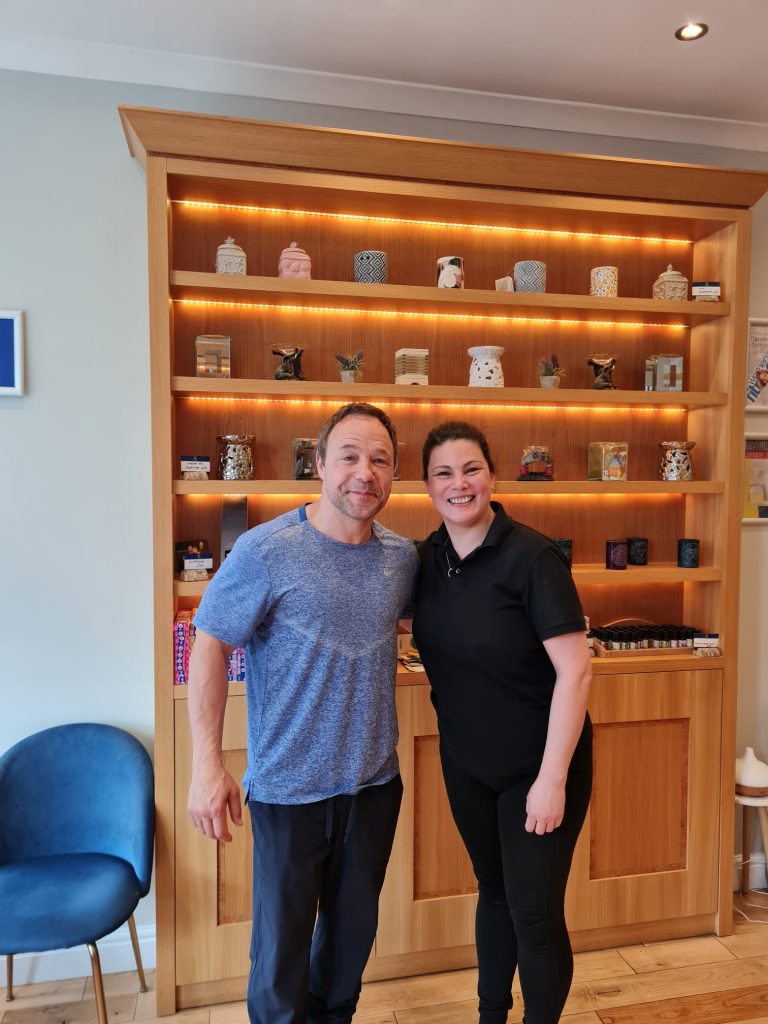
Stephen Joseph Graham
English actor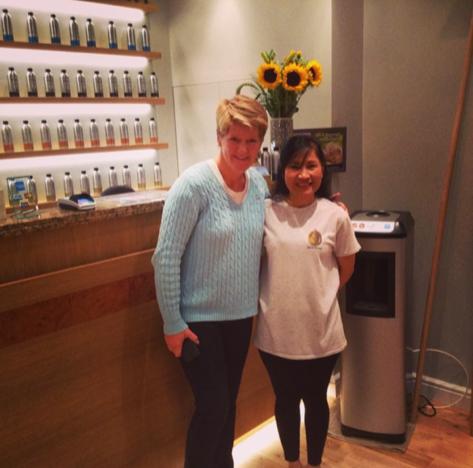
Clare Balding
BAFTA Winner, Broadcaster & Presenter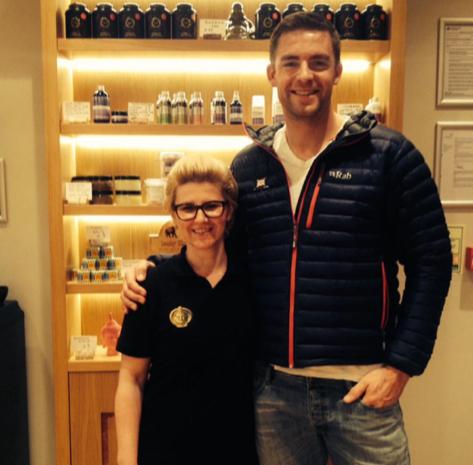
Peter Reed
Two-times Olympic Gold Medal Winner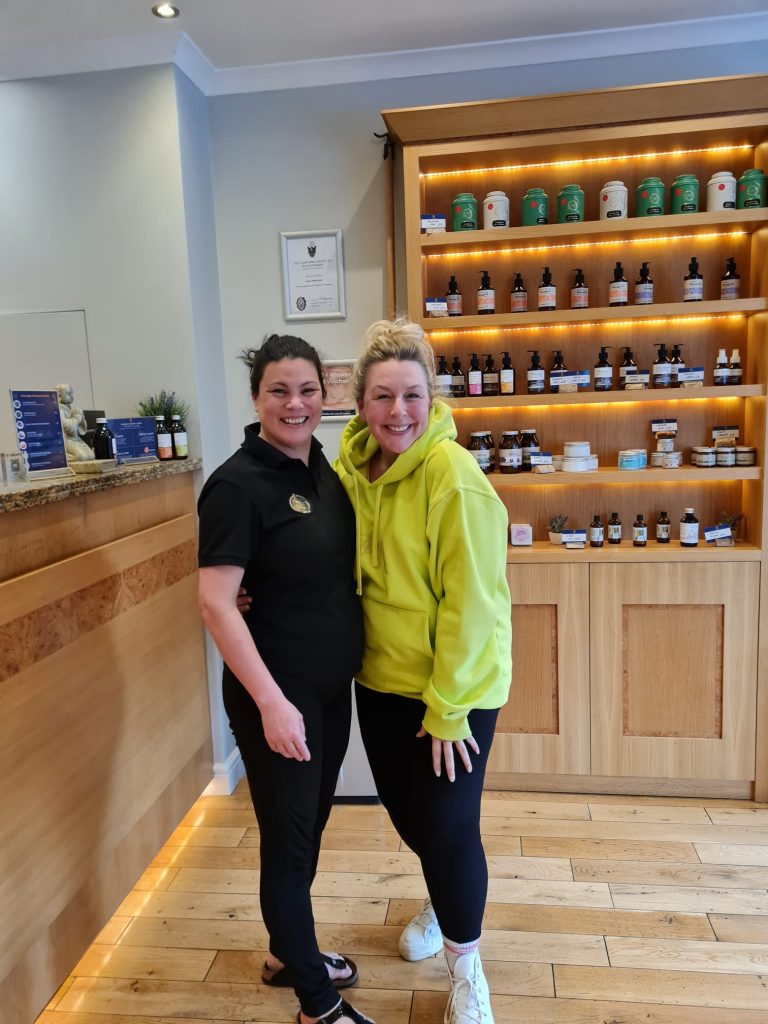
Hannah Walters
English actress and producer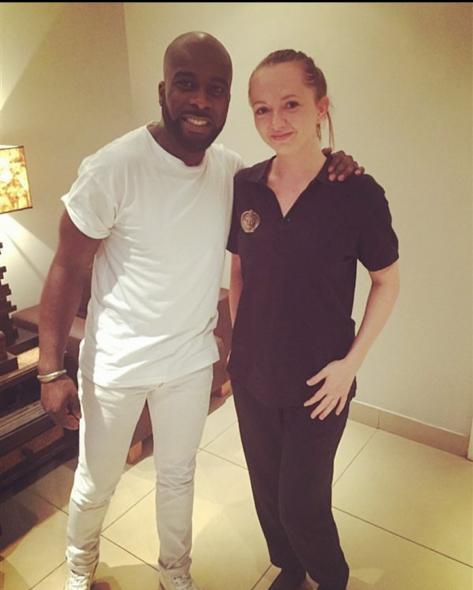
Melvin O'Doom
Tv Presenter, Radio DJ & XtraFactor Presenter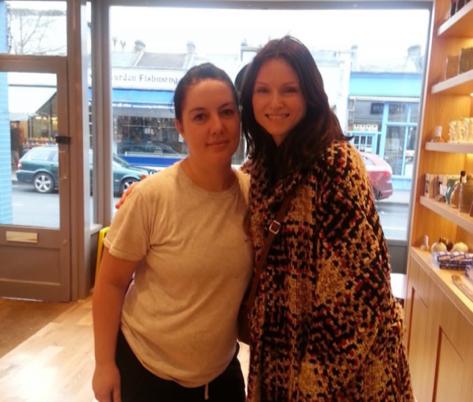
Sophie Ellis Bextor
Singer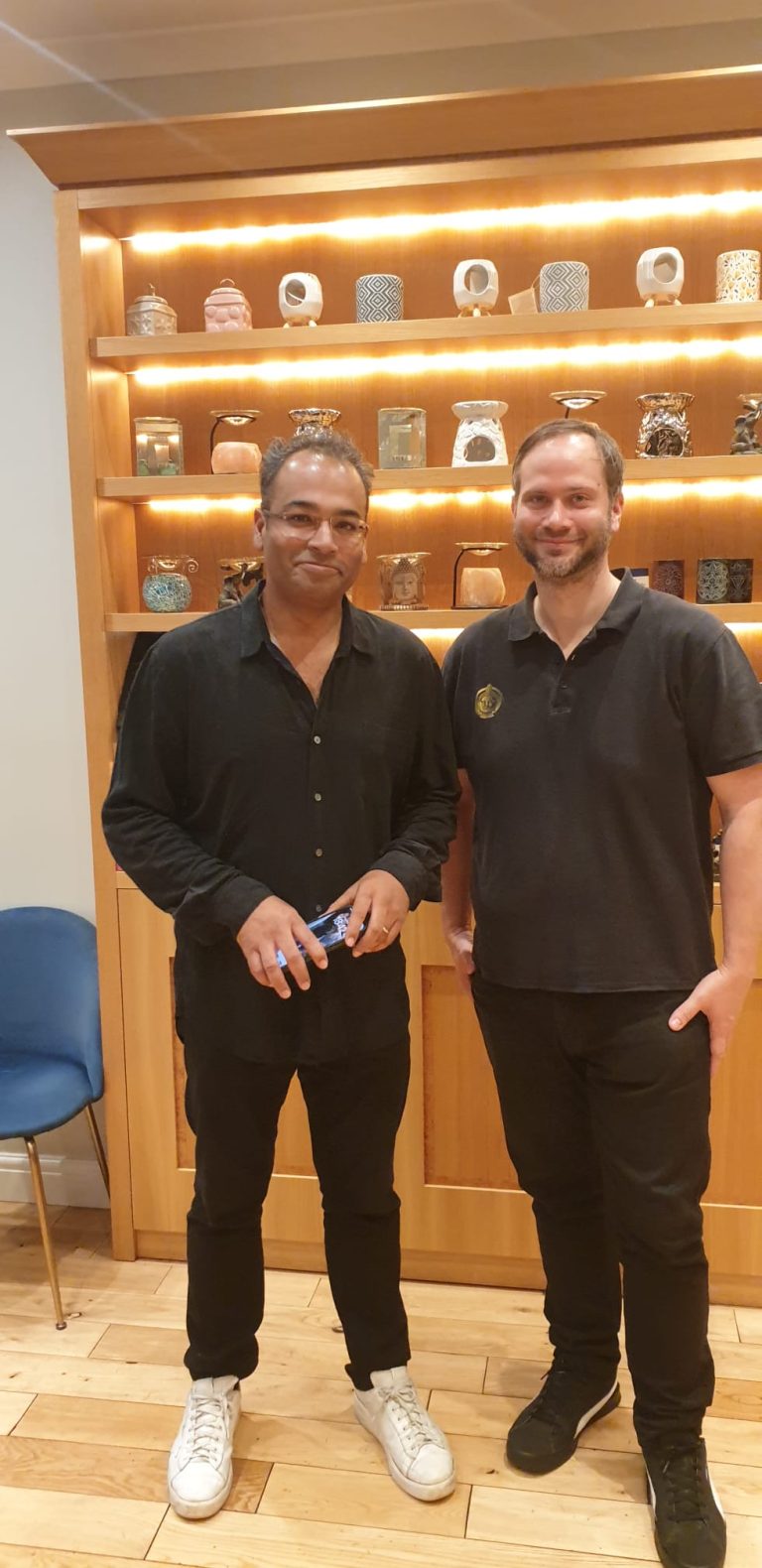
Krishnan Guru-Murthy
Channel 4 News' Lead Presenter & Journalist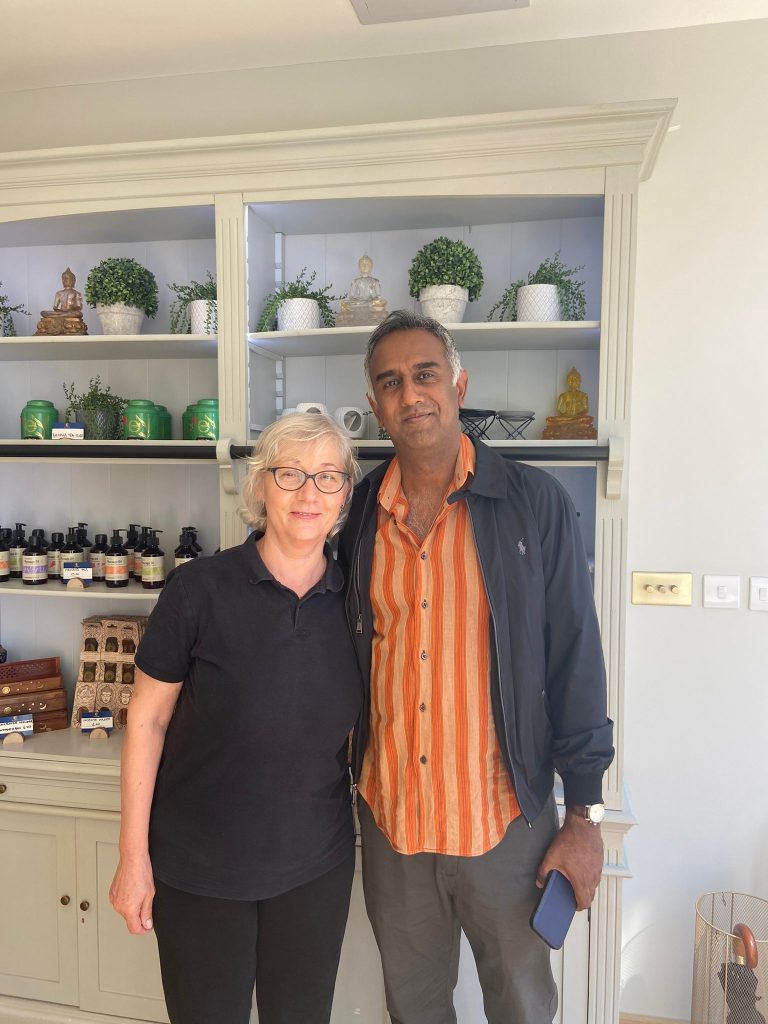
Shani Raja
Wall Street Editor & Journalist
Kevin Mathurin
Emmerdale's Star - Actor
Tony Yoka
French professional boxer and Olympic gold medalist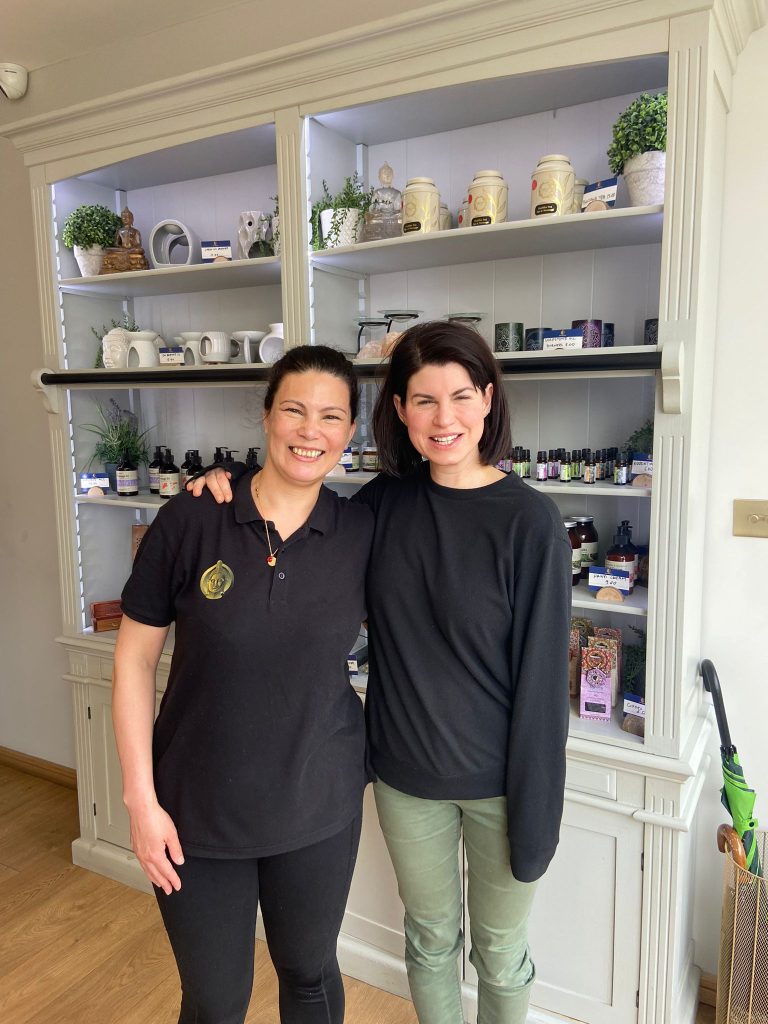
Jemima Rooper
British actress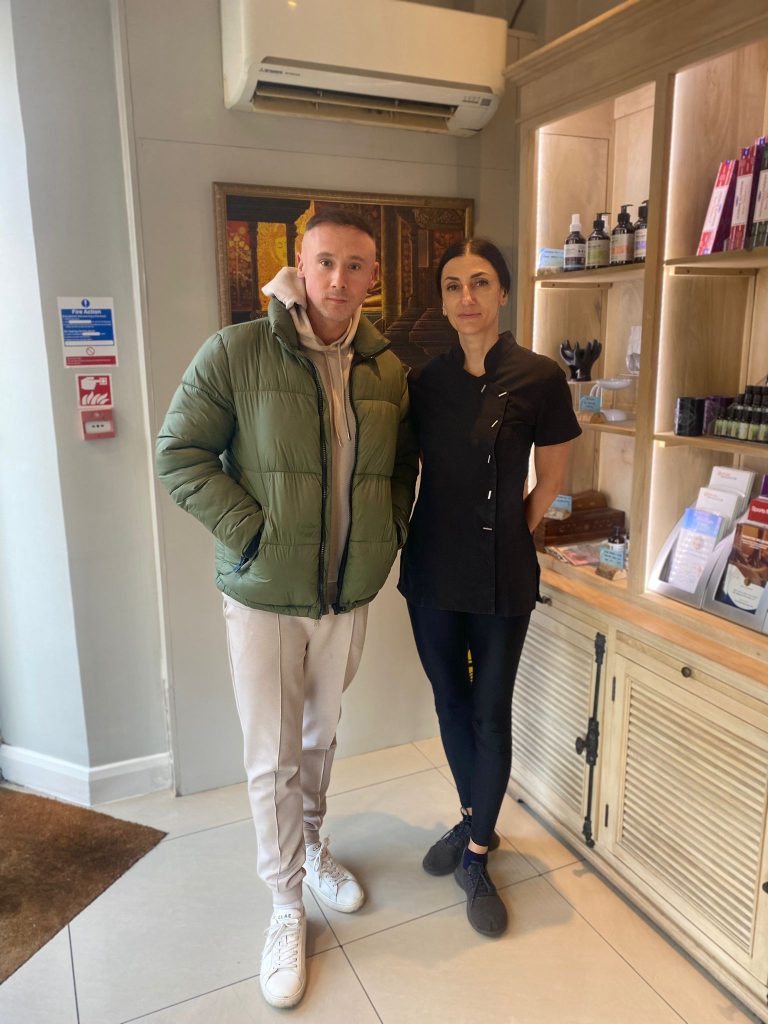
Jason Maza
English actor, producer, director and screenwriter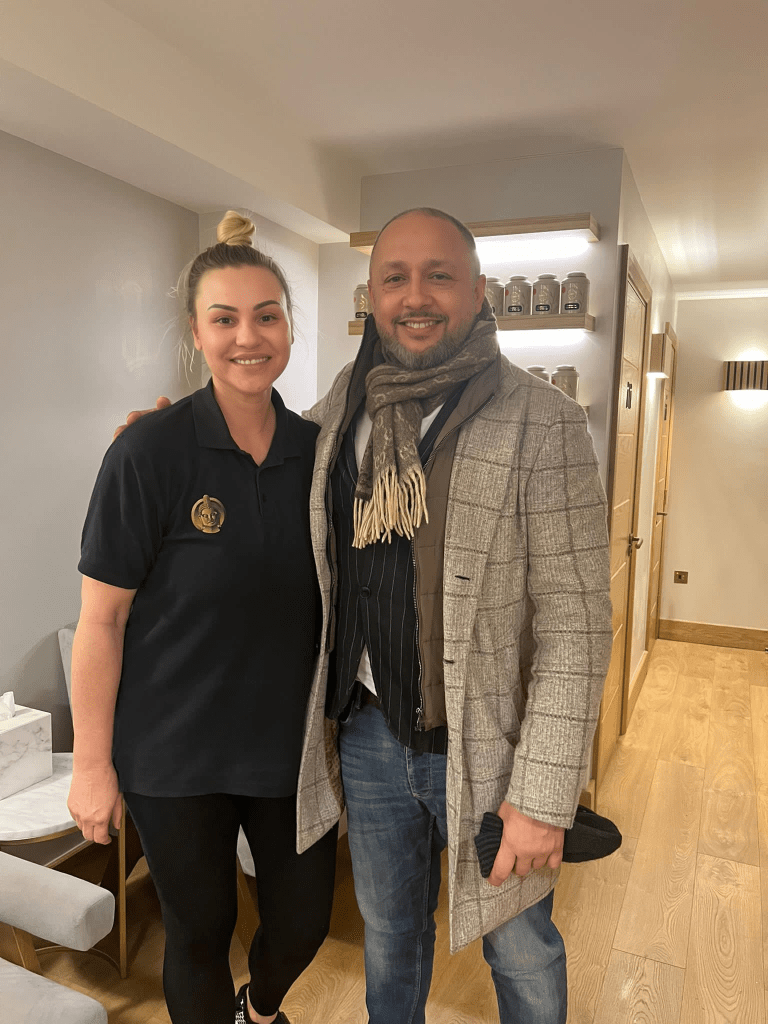
Dev Joshi
BritishMusician , Composer and Singer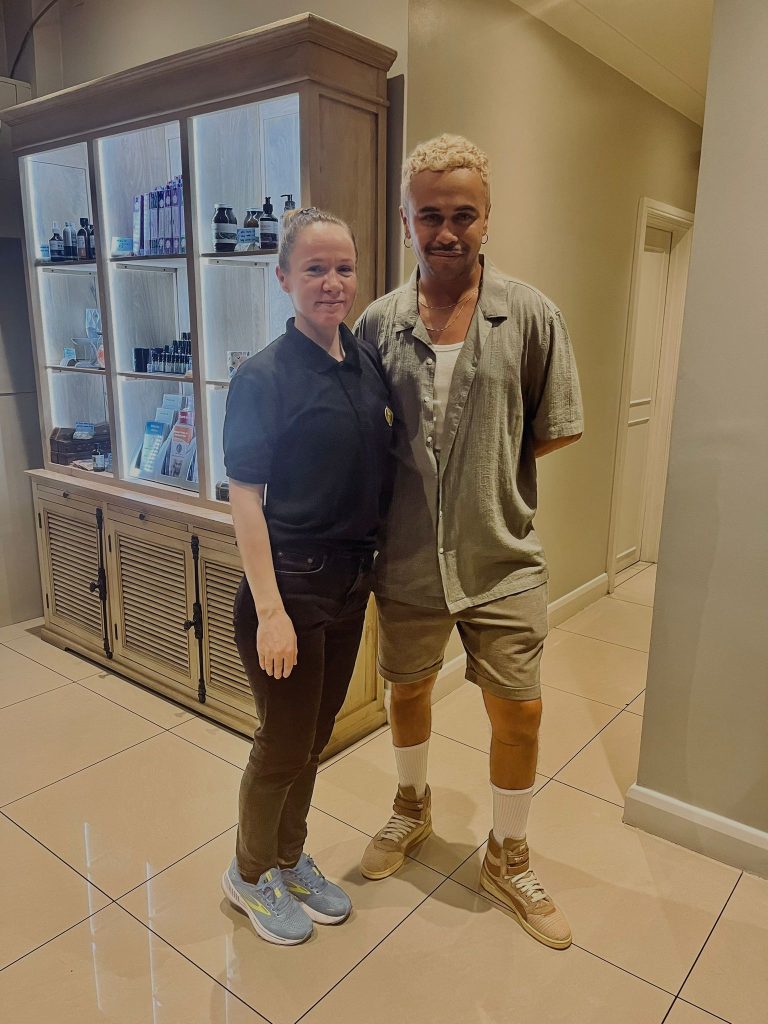
Sisco Gomez
British Afro-Latino dancer of multiple styles, famous for having hosted the British Movement Awards 2023 and choreographing the pop-up performance “Fray”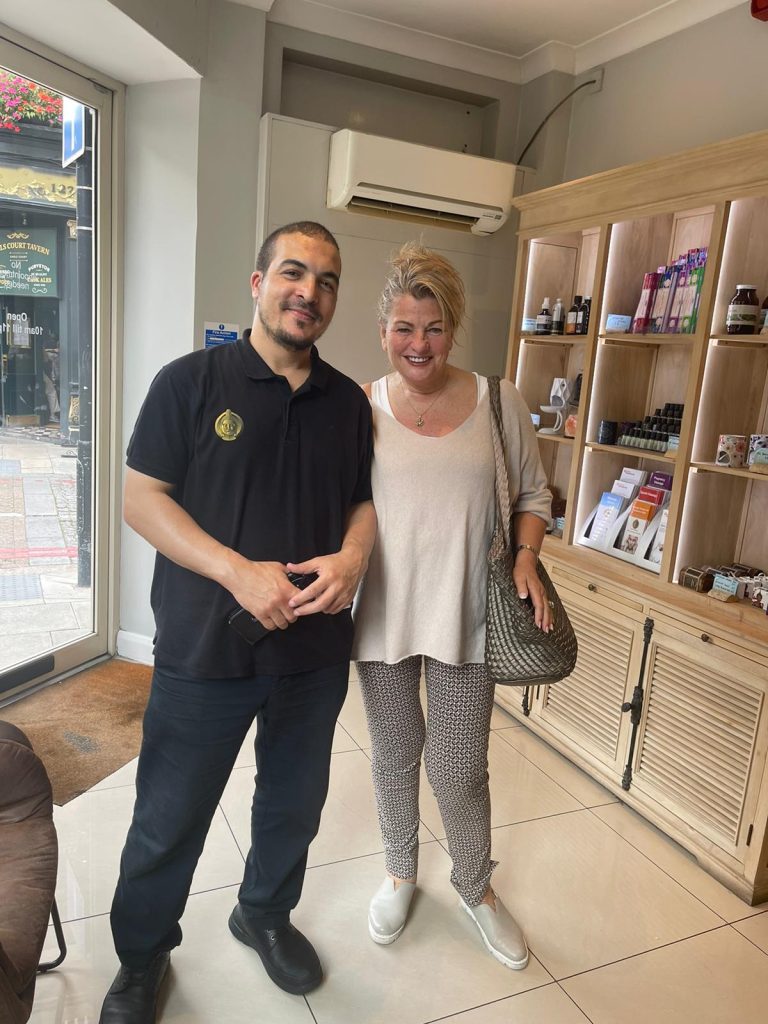
Carole Ashby
English actress and pinup girl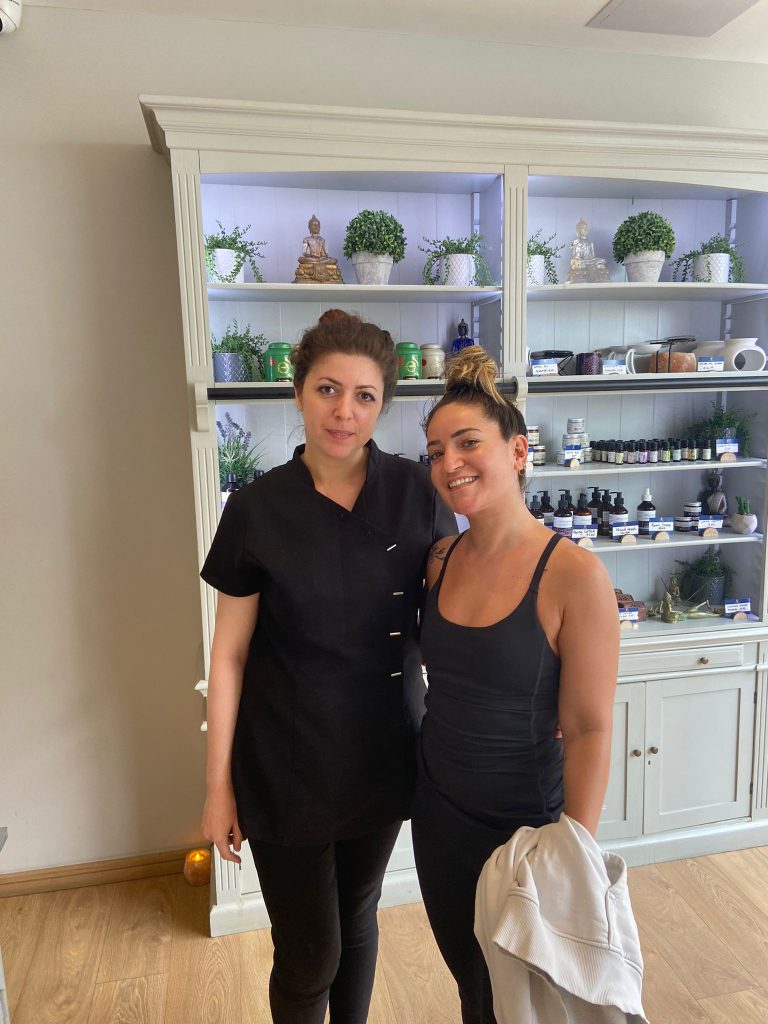
Sami Nathan
The Voice UK Singer
Kyndall Harris
Professional Dancer • Beyonce Tour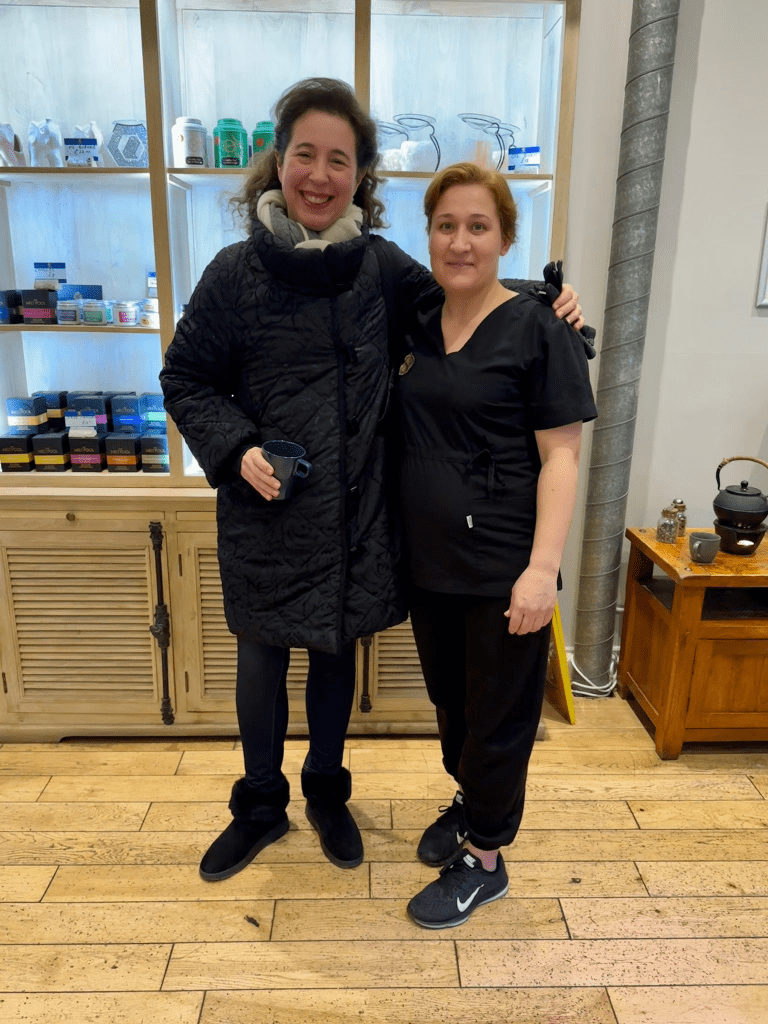
Angela Hewitt
Canadian Classical Pianist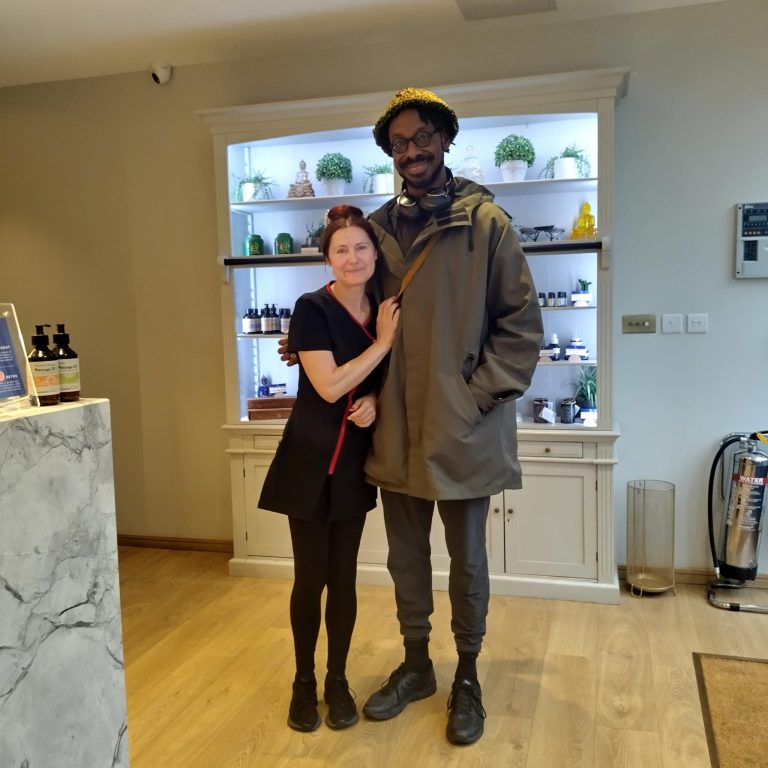
Shabaka Hutchings
British jazz musician, composer and bandleader.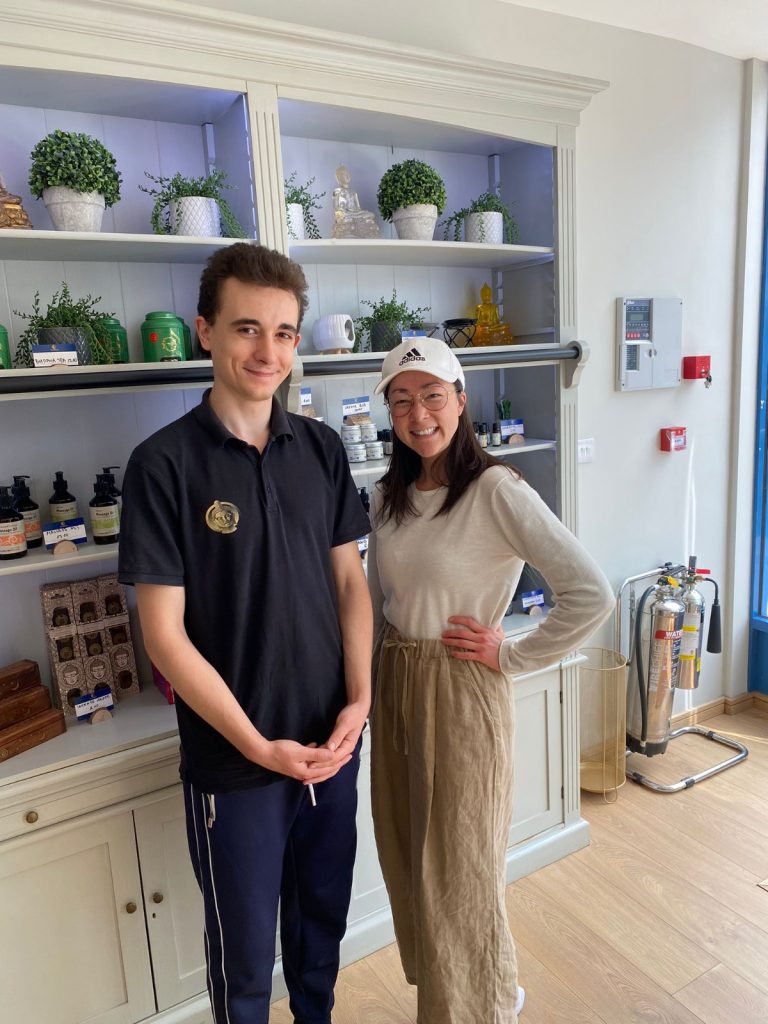
Emily Piggford
Canadian Screen Award nominated actress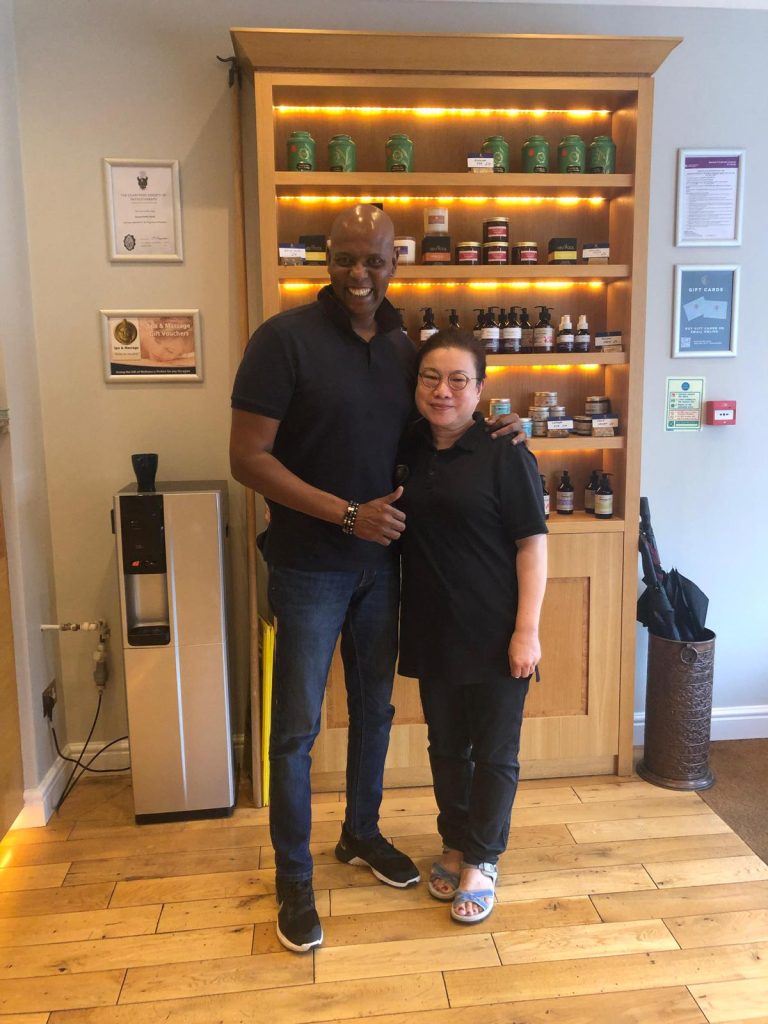
Abshir Aden Ferro
Candidate for the 2026 presidential race in Somalia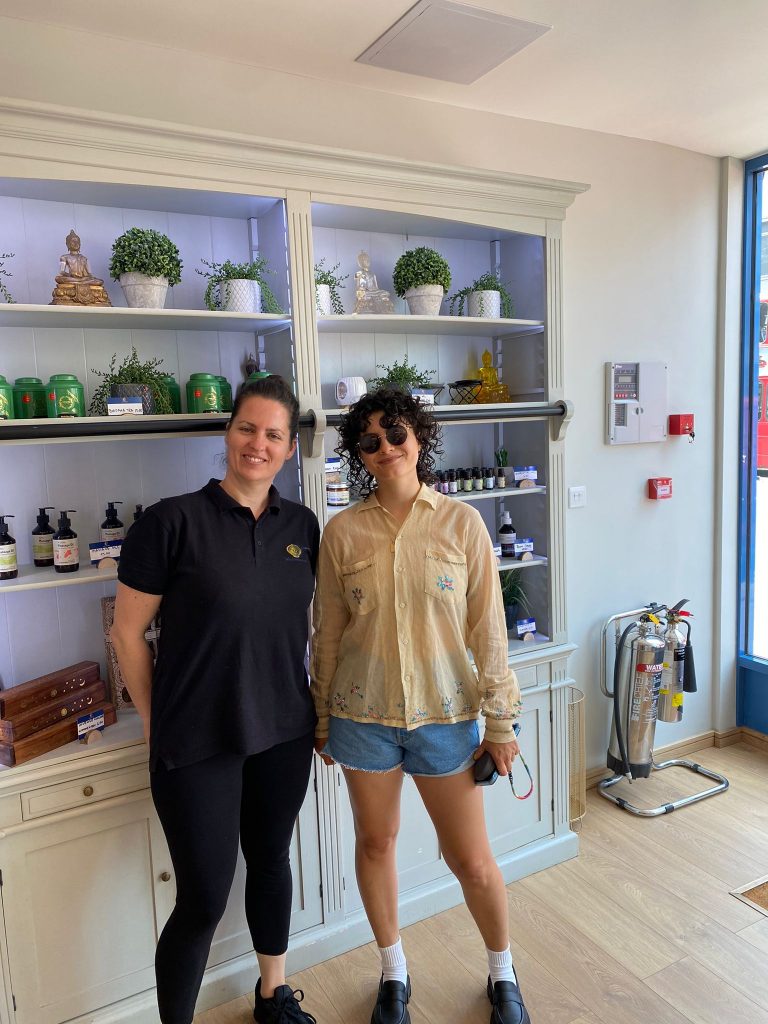
Gia Rigoli
Film Producer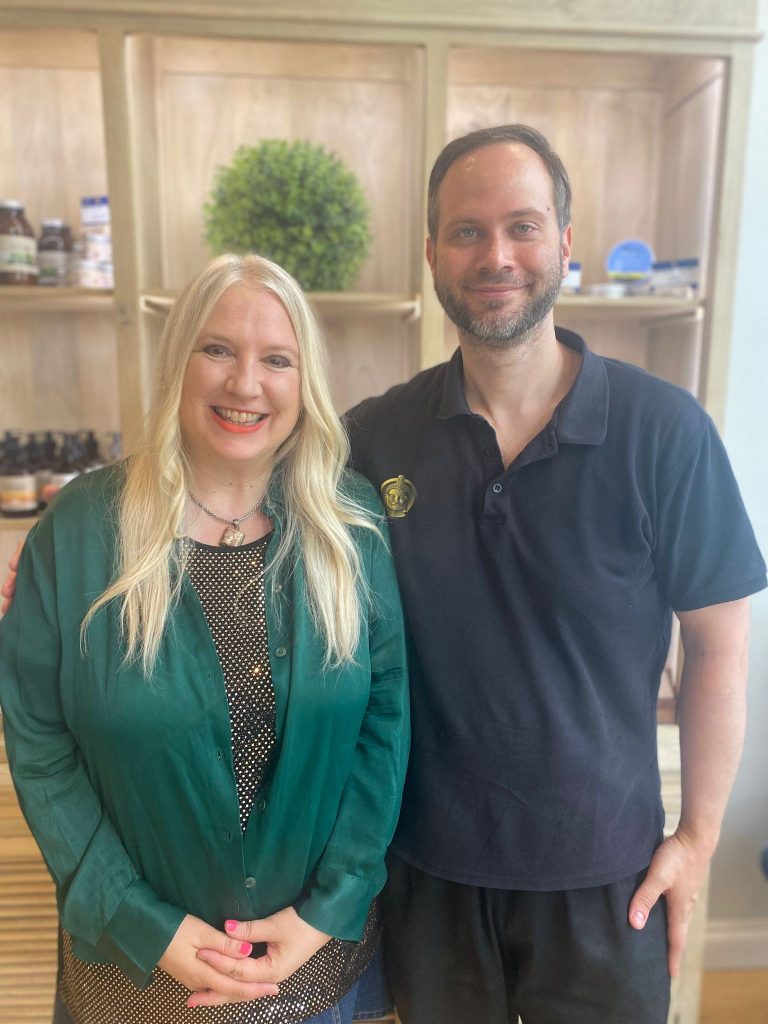
Minouche Kaftel
Actress, Singer and Voiceover artist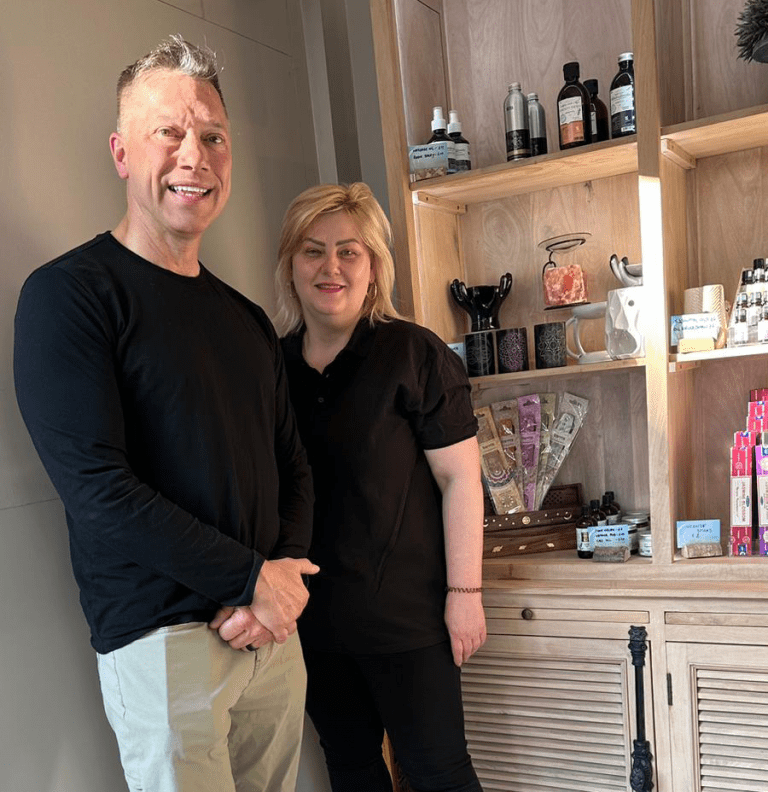
Troy E. Armstrong
US Army Colonel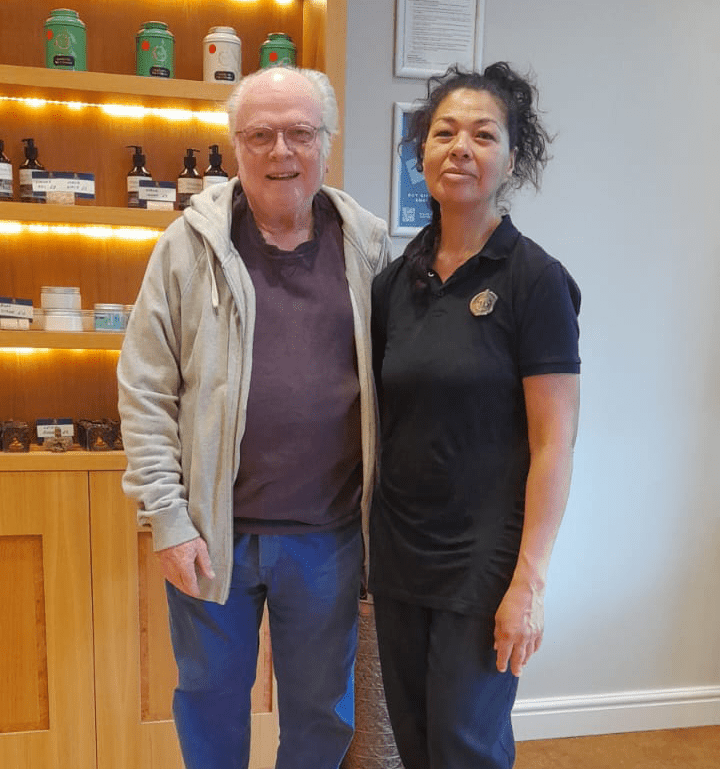
Michael John Attenborough
English theatre director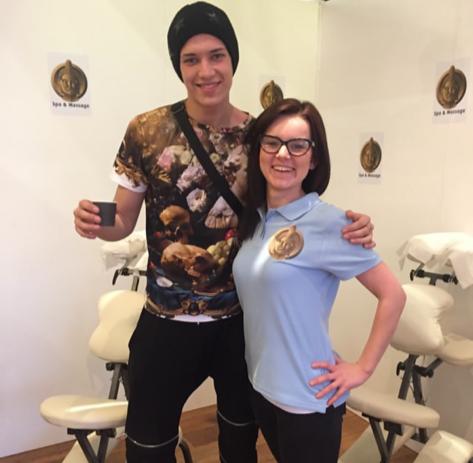
Aaron Gatward
Model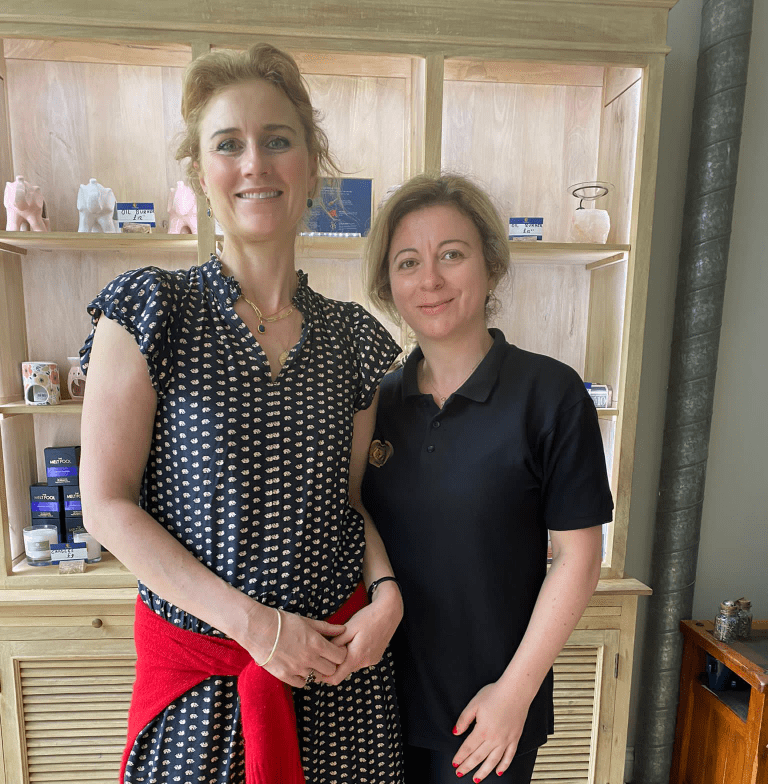
Jessica Swale
British playwright, theatre director and screenwriter.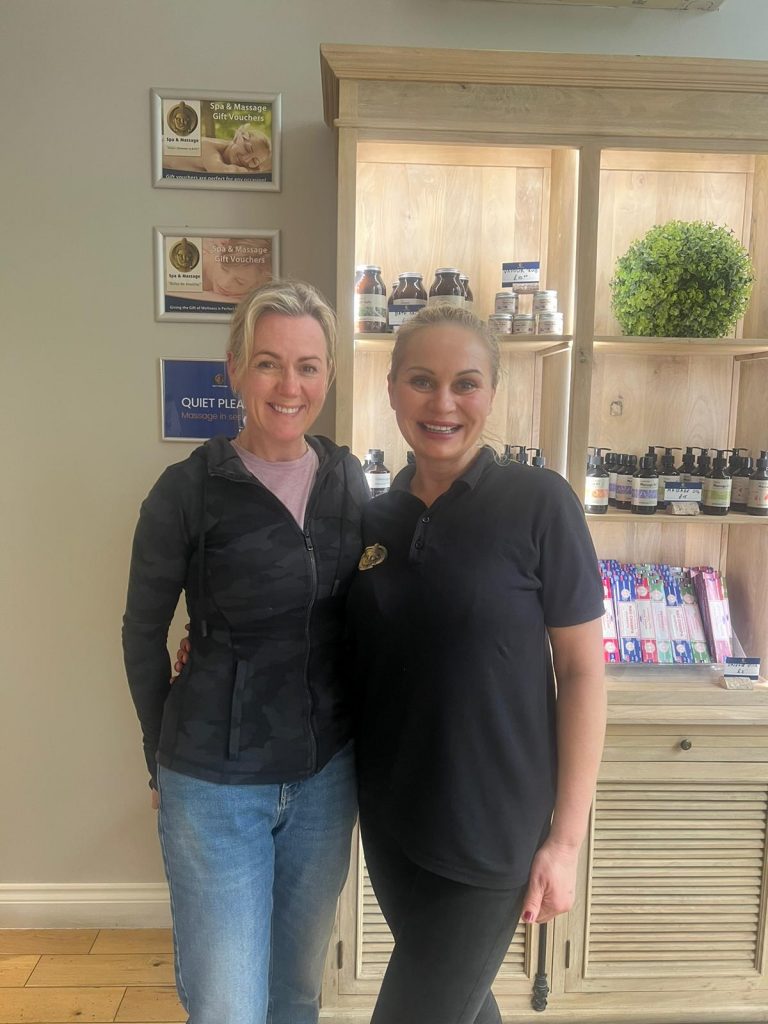
Jojo Moyes
English journalist and award-winning romance novelist, #1 New York Times best selling author and screenwriter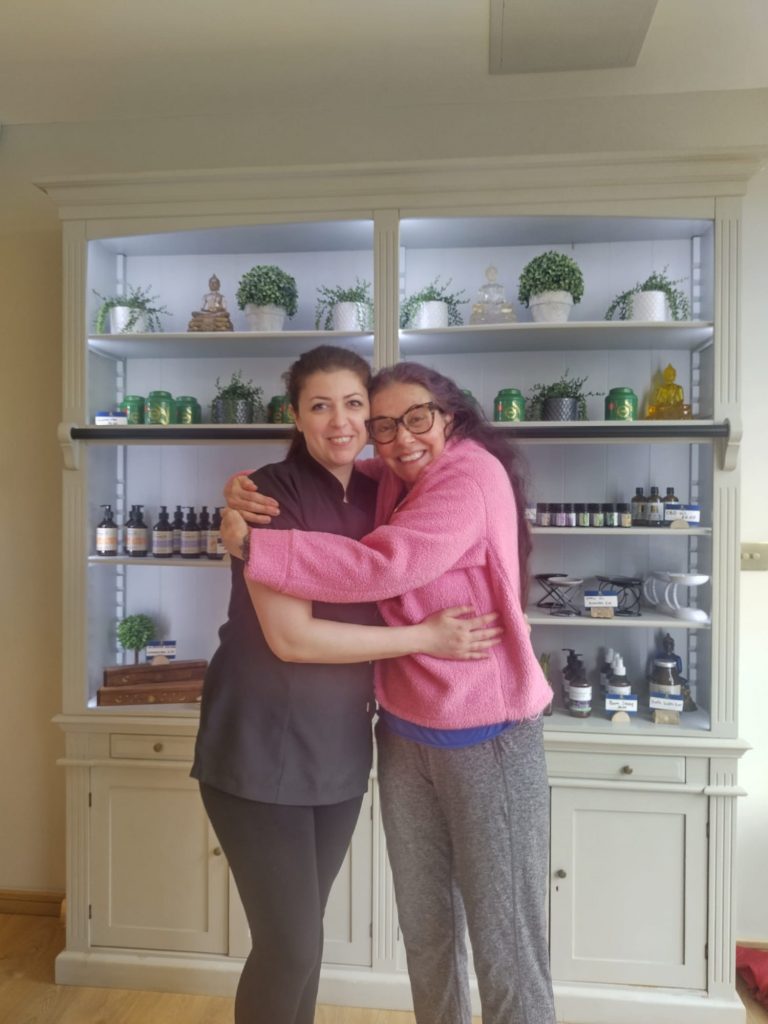
Tina Baker
Broadcaster, Journalist and a leading British soap opera and TV critic.
Kingslee James McLean Daley
British Rapper, Journalist, Author, Activist and Poet from Kentish Town.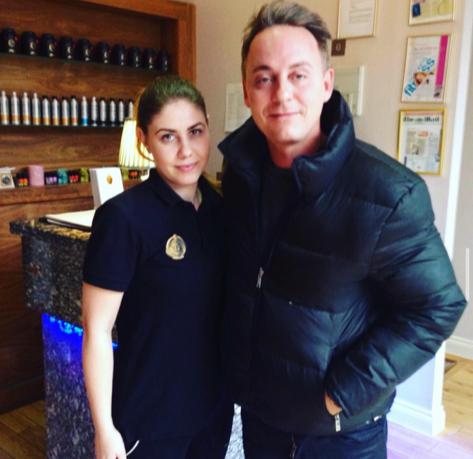
Jean Claude Ades
Dj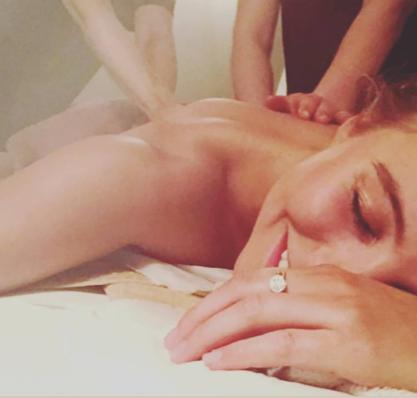
Chessie King
Presenter & Content Creator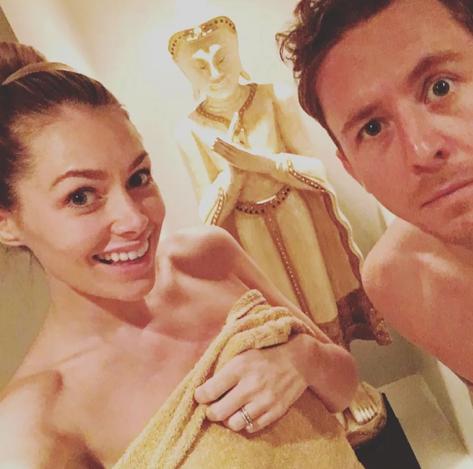
Danny Jones & Georgia Jones
Danny Jones, Singer, Producer & The Voice Kids Coach and Georgia Jones, Model & Presenter
Marc Jacques Burton
Luxury Designer
Charlotte O'Connor
Irish Actress
Sophie Grace Holmes
Tri/Run Coach & Podcast Host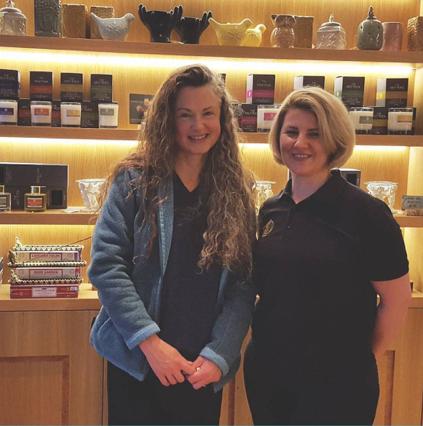
Jennifer Steil
Award-winning American Writer & Journalist Jennifer Steil
Emmanuelle Seigner
French Singer & Actress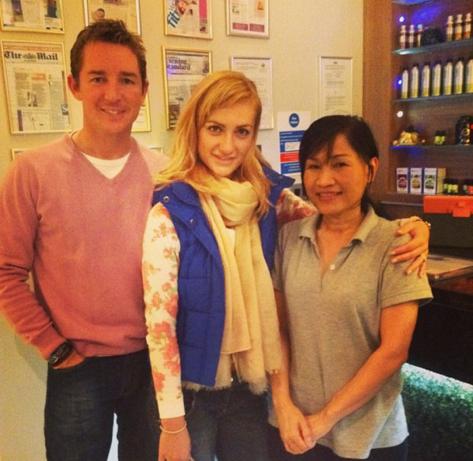
Aliona Vilani
BBC1 Strictly Come Dancing Professional Dancer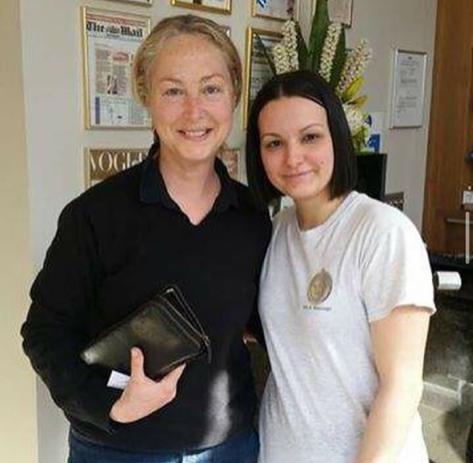
Katherine Hooker
British Designer
Derek Aidoo
Actor & Meditation Coach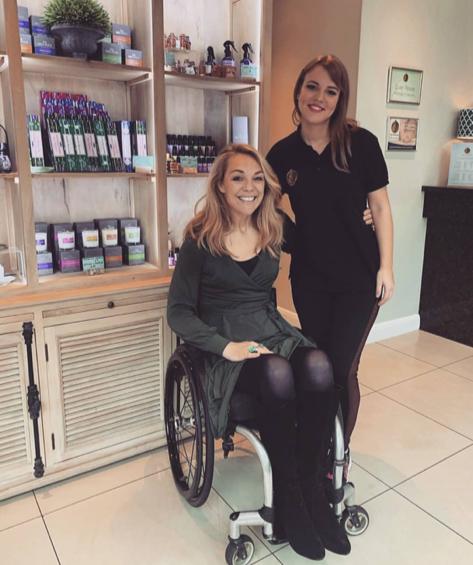
Sophie Morg
Tv Host & Writer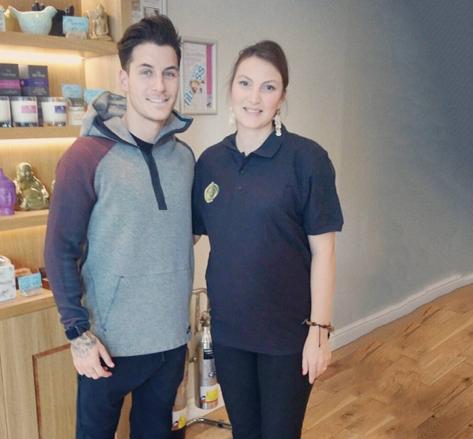
Gorka Marquez
BBC1 Strictly Come Dancing Professional Dancer
Aj Agazarm
Fighter
Emma Walsh
Presenter & Content Creator
Oliver Proudlock
Made In Chelsea
Tess O'Reilly
Dj
Sarah Canning
Canadian Actress
Maria Valverde
Spanish Actress
Mark Heap
British Actor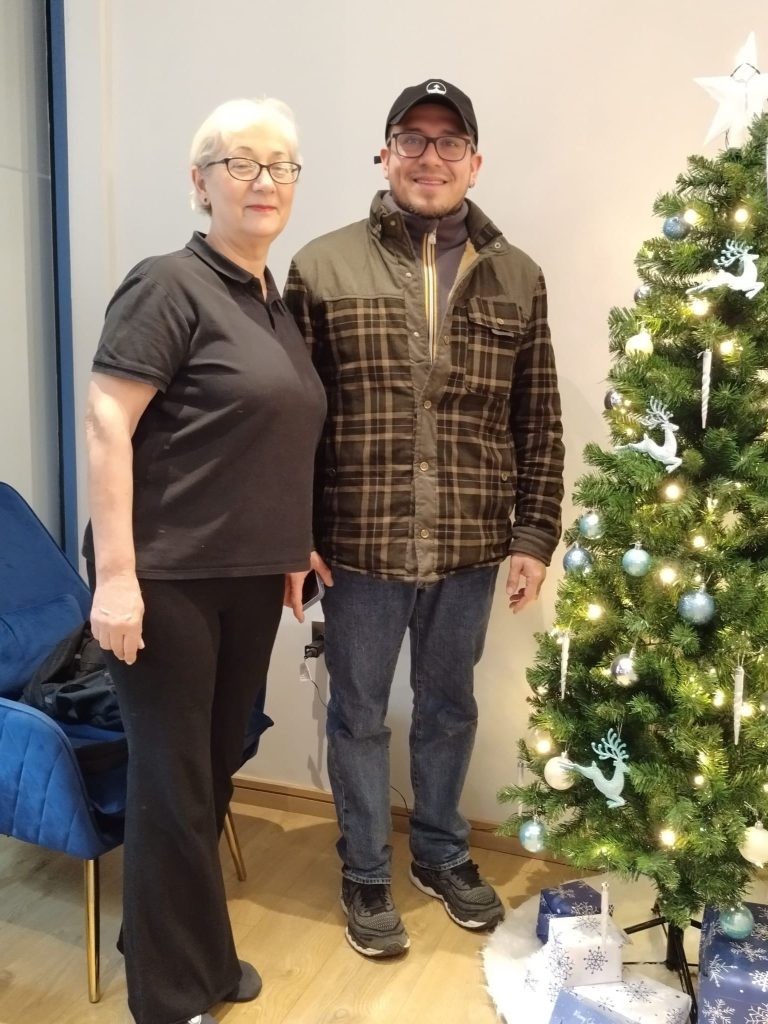
Camilo Menjura
Award winning guitarist and singer.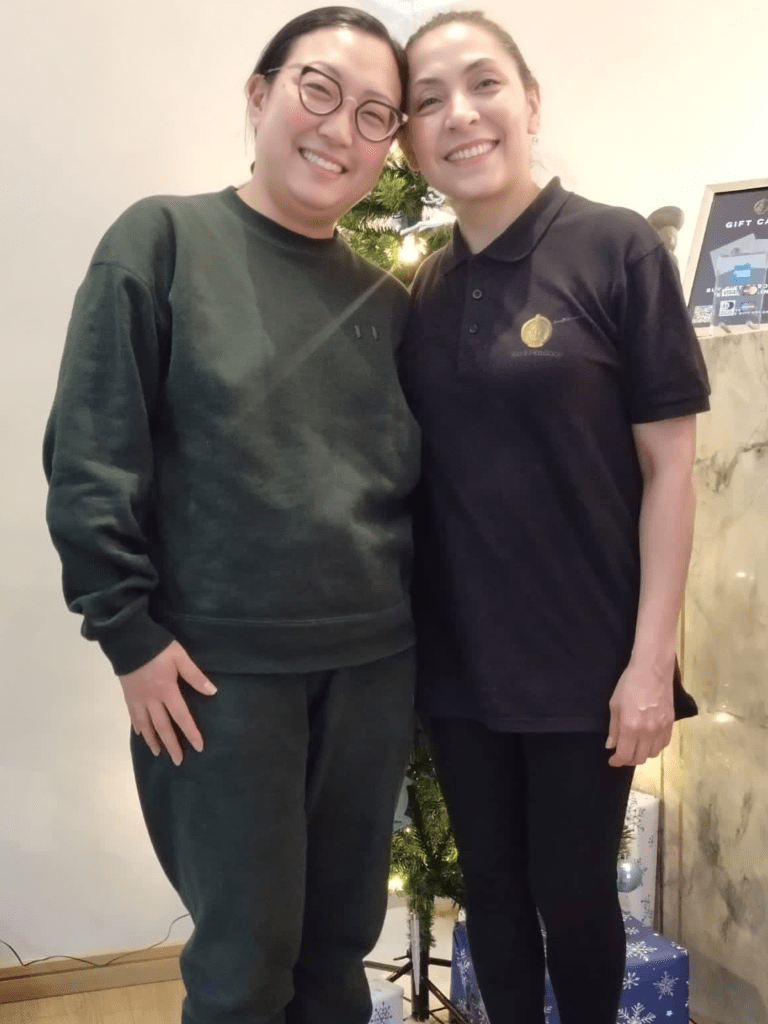
Esther Jun
ActressReady to unwind and get your reflexology massage?
Whether you’re in Crouchend, Bayswater, or Richmond, Spa & Massage is here to provide expert reflexology near you. Book now on our website or call the clinic most convenient for you to reserve your treatment.
Frequently Asked Questions
What is reflexology?
Reflexology is a holistic therapy that involves applying gentle pressure to specific points on the feet (and sometimes the hands or ears). Reflexologists believe these points correspond to organs and body systems, so stimulating them can encourage the body’s natural healing processes. In our clinics, reflexology is performed by trained professionals who use firm thumb techniques to work through the reflex zones of each foot, aiming to relax you and support whole-body wellness.
How does reflexology work?
The exact mechanism isn’t fully understood, but reflexology is well-known for promoting deep relaxation. By stimulating reflex points, it may help calm the nervous system and improve blood flow. Research shows that reflexology can trigger the release of endorphins (the body’s natural pain-relievers) and reduce stress hormones. In effect, a reflexology session feels much like a relaxing massage for your feet: your heart rate and blood pressure often drop, and your body shifts into rest-and-digest mode.
What should I expect during a reflexology session?
You can expect a brief chat about your health and concerns, then a comfortable positioning in a reclining chair or on a couch. You will remain fully clothed except for removing socks and shoes. The reflexologist will then gently massage and press along your feet (usually from the toes toward the heels). Sessions usually last 30–60 minutes. It’s common to feel very relaxed during and immediately after – some clients even fall asleep. You might also notice sensations like warmth, tingling, or mild reflexes in response to pressure. After the session, most people feel calm, with improved mood and sometimes fewer symptoms of tension or pain.
What are the benefits of reflexology?
Clients often find reflexology helps reduce stress and anxiety, ease physical tension, and improve sleep and mood. Studies confirm many of these effects: one review noted that people reported reduced pain and anxiety and experienced enhanced relaxation after reflexology. Reflexology has been associated with lowered pain levels in conditions like arthritis or headaches, as well as reduced cancer-related fatigue and nausea in some clinical studies. Additionally, people say they feel more balanced and energized after treatments. In all cases, reflexology is best seen as a complementary therapy that supports your overall wellness – it helps you relax and cope better but is not a substitute for medical treatment if you have serious health conditions.
Is reflexology safe?
Yes, reflexology is generally very safe. It’s a non-invasive, drug-free therapy suitable for most people of all ages. However, we do ask about your health to ensure your safety. For instance, if you have conditions like severe foot infections, blood clots, untreated deep vein thrombosis, gout, or open wounds on your feet, we may advise modifying or postponing reflexology. Cancer Research UK also notes that reflexology should be done with caution for anyone with serious circulatory problems or recent surgeries. Our therapists are trained to adjust pressure and avoid contraindicated areas. Pregnant women can usually enjoy reflexology as well, but we typically wait until after the first trimester. In all cases, we focus on a gentle, comfortable session; deep pain is not the goal. If at any point you feel discomfort, just let the therapist know, and they will ease up.
Can reflexology help with specific health concerns?
Reflexology can be used to complement treatment for various concerns, especially stress-related symptoms. For example, many people receiving cancer treatment choose reflexology to help with side effects – it has been reported to reduce nausea, improve energy, and boost mood. However, it’s important to understand that reflexology is not a cure. Cancer Research UK clearly states it “is not a treatment or cure for cancer”. Likewise, reflexology isn’t a standalone treatment for medical conditions like diabetes or heart disease. Instead, think of it as a gentle therapy that may relieve symptoms (like tension, headaches, or insomnia) and improve quality of life. Always follow medical advice from your doctor first – reflexology can simply be a soothing addition to your care plan.
Where can I book a reflexology session in London?
Spa & Massage operates six clinics in London, so finding us is easy. Our locations are in Crouch End, Bayswater, Chiswick, Earl’s Court, Belsize Park, and Richmond. Each clinic offers reflexology and other massage therapies in comfortable surroundings. To book, you can visit our website’s booking page or call the clinic closest to you. Our receptionists will help you find an appointment. If you search online for “reflexology near me” while in London, our clinics will appear in the results. Feel free to choose the location that’s most convenient for you and enjoy a professional reflexology massage with Spa & Massage.









